The 2022 Audubon Photography Awards: The Top 100 Part1
Moments of delight and awe abound in this collection of standout bird photography. Scroll through and learn the story behind each shot.
By The Editors Audubon Magazine July 13, 2022
Popular Stories
- The 2022 Audubon Photography Awards: The Top 100
- The 2022 Audubon Photography Awards: Winners and Honorable Mentions
- How to Make Hummingbird Nectar
- When You Should—and Should Not—Rescue Baby Birds
- How to Tell a Raven From a Crow
This year almost 2,500 photographers from across the United States and Canada submitted nearly 10,000 photographs and videos to Audubon’s 13th annual Audubon Photography Awards. Reviewing anonymous image and video files, three panels of expert judges selected eight stunning winners and five honorable mentions. (Spoiler alert: It was a great year for grouse).
We couldn’t stop there, with so many more exceptional shots—and exceptional birds—worth sharing. So, we’ve selected 100 additional photos to feature. Displayed in no particular order, these photos give just a taste of birds’ glorious variety. They also showcase a wide array of techniques used by wildlife photographers, as captured in entertaining and thoughtful “behind the shot” stories that accompany each image.
We hope these photos and anecdotes may inspire you to pick up a camera and capture your own unique avian moments. Be sure to peruse our photography section as you get started, including tips and how-to’s, Audubon’s ethical guidelines for wildlife photography, and gear recommendations. And remember to look out for the announcement of next year’s awards entry period in January 2023. Maybe it could be your shot that makes the cut.
- American Woodcock by Hector Cordero
- Location: New York, New York
- Camera: Canon EOS R5 with a Canon EF 100-400mm f/4.5-5.6L IS II USM lens; 1/1600 second at f/5.6; ISO 4000
- Behind the Shot: I was monitoring the migration of American Woodcocks, one of the most frequent collision victims in New York City, when I found this bird. I spent hours photographing him as he looked for food between bushes and leaves. I decided to lie down on the ground and wait for the bird to come out into the open. Just minutes before dusk, he turned to face me and started walking. I rushed to get the correct parameters, focus, and composition. At that moment, my efforts paid off. I hope my photo will be useful for raising awareness about collisions and solutions to prevent them, such as installing bird-friendly glass.
- Black Phoebe by Raechel Lee
- Location: Los Gatos, California
- Camera: Sony Alpha 7R IV with a Sony 200-600mm F/5.6-6.3 G OSS lens; 1/1000 second at f/7.1; ISO 1250
- Behind the Shot: On a summer morning, I noticed this browner-than-usual Black Phoebe perched near a lake’s edge. Looking at it through the viewfinder revealed more distinctive colors and textures in its plumage: some rusty fringing near its nape and upper back and fluffy side feathers that—though by no means unorderly—seemed resolute in maintaining their own disposition. It was only upon reviewing the photos that I saw a surprise visitor who had snuck in to pose with this little flycatcher.
- Black-and-white Warbler by Christy Frank
- Location: Magee Marsh Wildlife Area, Oak Harbor, Ohio
- Camera: Nikon D850 with Nikkor 200-500mm f/5.6 ED VR lens; 1/1250 second at f/5.6; ISO 2000
- Behind the Shot: While many people race through the Lake Erie area to find the more colorful migrant birds, I’ve found that simply sitting in one location quietly will help me blend into the habitat. In September, I watched as a Black-and-white Warbler appeared and feasted on insects along a branch. I hoped the bird would move into a patch of sunlight illuminated in this lush habitat. When it did, I lifted my camera to capture this beautifully patterned bird that seemed to glow on its own little branched stage. I relish observing behavior and spending time with birds that many overlook. Moments like this bring such joy, and I feel so connected to the natural world.
- Great Gray Owl by Benjamin Olson
- Location: Near Bemidji, Minnesota
- Camera: Nikon D850 with a NIKKOR 500mm f/5.6E PF ED VR lens; 1/1000 second at f/5.6; ISO 800
- Behind the Shot: In winter 2019, just before COVID-19 hit, I had one of the most remarkable weeks of my 16-year photography career. I was notified of a place where at least five Great Gray Owls were wintering, and I had to go see them for myself. On that first morning, I arrived just before sunrise to see everything covered in hoarfrost, which remained on the trees all day. Immediately after this owl hunted in front of me, it headed to this stand of red pines. I didn’t go more than five minutes without an owl in sight throughout the day, which is one I still dream of.
- Sanderling by Jeremy Rehm
- Location: Chincoteague National Wildlife Refuge, Chincoteague, Virginia
- Camera: Canon EOS R6 with a Canon EF 500mm f/4L IS II USM lens and Canon Mount Adapter EF-EOS R; 1/800 second at f/4; ISO 400
- Behind the Shot: I drove three hours to Chincoteague Island for my first real venture into photographing shorebirds. I wanted to capture photos at sunrise, but it wasn’t until my last morning that I got the chance. I plopped down on the sand on my belly near some seafoam and ahead of a long line of Sanderlings probing for food down the shoreline. When the birds finally came near, I had a hard time keeping up with them. Sanderlings’ little legs seem to go a mile a minute, but this one took a short breather right at the edge of the seafoam. It was a beautiful and serene moment before the Sanderling sprinted into the sea foam and continued its search for food.
- Bonaparte’s Gull by John Troth
- Location: Point No Point County Park, Kitsap County, Washington
- Camera: Canon EOS 5D Mark IV with a Canon EF 500mm f/4L IS II USM lens and a Canon Extender EF 1.4x III; 1/1000 second at f/7.1; ISO 800
- Behind the Shot: In early March, hundreds of Bonaparte’s Gulls gather in Puget Sound far out from shore, resting on the water’s surface and taking short foraging flights along it. Just before I took the photo, hundreds of the gulls took flight simultaneously, flying low over the water in the direction of my camera. I tracked this large group as the gulls approached. Just before reaching my location, the birds started to gradually gain altitude, rising and passing as a synchronized group.
- Tree Swallow by Sarah Devlin
- Location: Harwich, Massachusetts
- Camera: Nikon D500 with a Sigma 150-600mm F/5-6.3 DG OS HSM Contemporary lens; 1/2500 second at f/6.3; ISO 320
- Behind the Shot: I’ve always enjoyed the challenge of photographing swallows. Their speed and agility make them an excellent subject for mastering the technique to capture birds in flight. On this sunny spring day, while out photographing birds at a local park, I noticed a Tree Swallow collecting pine needles and delivering them to a nest box nearby. I lay down on the ground, dug my elbows in, and waited to capture that magical moment.
- Anna’s Hummingbird by Stephen Cassady
- Location: Limekiln Canyon Park, Porter Ranch, California
- Camera: Sony Alpha a6000 with a Sony E 55-210mm F/4.5-6.3 OSS lens; f 6.3; ISO 320
- Behind the Shot: On every trip I had taken to Limekiln, I saw the most beautiful hummingbirds but only got awful shots of them. One day after work, when an Anna’s Hummingbird flew in from the shadows and paused in front of me, I decided that was the day. Still wearing my tie, I followed the bird up and down the dry creek bed. When I put my camera down, the hummingbird darted right back over and stopped two feet from my face. I snapped a few more shots before she flew off. It took hundreds of shots, eight ounces of sweat, and any respect the local hikers had for me, but I finally got this photo. It was worth it.
- Village Weaver by Maria Khvan
- Location: Maasai Mara, Narok, Kenya
- Camera: Sony Alpha a9 II with a Sony FE 600mm F/4 GM OSS lens and a monopod; 1/8000 second at f/4; ISO 1250
- Behind the Shot: The first thing I noticed when I arrived at my campsite at Maasai Mara National Park was a loud chirping coming from a large acacia tree. When I walked toward the tree, I saw a colony of Village Weaver birds working hard on their intricately woven nests. The males gathered grasses and small tree leaves around the campsite and used them as building material. I spend my afternoon taking action photos. This was one of my favorites because the bird is sitting inside the nest, but you can still see its eye peeking out.
- Blue Jay by Marie Read
- Location: Cornell Botanic Gardens, Ithaca, New York
- Camera: Sony Alpha a9 with a Sony FE 200-600mm f/5.6-6.3 G OSS lens; 1/2500 second at f/6.3; ISO 2000
- Behind the Shot: Every autumn, I go to a local park to photograph Blue Jays that visit a grove of oak trees, gathering acorns that they carry off and hide for winter food supply. I’ve documented this vital survival behavior many times but rarely have had the opportunity to portray it artistically—until one special morning. I focused on a low-flying jay and was panning with it when it flew behind a sumac tree, whose out-of-focus leaves formed a dream-like wash of color between the camera and the subject. I kept shooting, trusting the camera to maintain focus on the now partially obscured bird, but not quite knowing what I would get. Examining the sequence of images afterwards, I was thrilled by the abstract appearance. A distant American Robin completes the composition.
- Ruby-throated Hummingbird by Corey Raffel
- Location: Carborro, North Carolina
- Camera: Nikon D850 with a NIKKOR 500mm f/5.6E PF ED VR lens; 1/800 second at f/5.6; ISO 400
- Behind the Shot: While trying to take photos of Eastern Bluebirds (a lifer for me), I noticed a female Ruby-throated Hummingbird (also a lifer for me) feeding on sage. When I later looked at the photos I took, I was surprised to see yellow on the bird’s head. A closer look revealed it to be pollen. An even closer look showed that the plant’s anthers were perfectly positioned to deposit pollen on the bird’s head as the bird reached deeply into the flower to get to the nectar. I further noticed how the flower’s stigma was touching the back of the hummingbird’s head, perfectly positioned to receive pollen when the hummingbird backed out of the bloom. I could not help but be astounded at this wonderful example of coevolution of plant and bird. Both species benefit from the arrangement.
- Northern Flicker by Jeffrey Kauffman
- Location: Lancaster, Pennsylvania
- Camera: Sony Alpha 7R IV with a Sony FE 600mm F/4 GM OSS lens; 1/4000 second at f/4; ISO 6400
- Behind the Shot: This was my second year photographing Northern Flickers as they raised their chicks. The most challenging part was trying to get both mom and dad in the same frame during feeding—they shoot out of their nest cavity like rockets. After a few days, I caught on to their routines. I intentionally kept the camera in silent shutter mode to use the rolling shutter, giving an effect on the fast-moving wings of being a little curved. I really like the effect and continue to use when I can. When the Northern Flickers show up in the spring, they become the main talking point in our home for the next few months.
- Great Gray Owl by Tom Haarman
- Location: Edmonton, Alberta, Canada
- Camera: Olympus OM-D E-M1 Mark III with an Olympus M.Zuiko Digital ED 300mm f/4 IS PRO lens and a Marumi 77mm DHG Lens Protect Filter; 1/640 second at f/4.0; ISO 2000
- Behind the Shot: My buddy Rob and I were driving some range roads just out of town when we spotted the Great Gray Owl. As we slowly approached, we noticed that she was calling ever so softly. I was about to record a video when we saw another Great Gray Owl down the fence line. I quickly adjusted my camera, thinking there was going to be a territorial dispute. I started shooting as the new owl flew toward the one closer to me. I got goosebumps when I saw it had a vole in its beak. The second owl hovered on the fence post, passed it to the first, and left. Seeing this moment was one of the most humbling experiences of my life. When I look at this image, I see a love story. We should all be so lucky to have someone in our life who loves and cares for us as much as these two care for each other.
- Mariana Crow by Trenton Voytko
- Location: Rota, Northern Mariana Islands
- Camera: Nikon D3200 with a Tamron 150-600mm F/5-6.3 Di VC USD G2 lens; 1/320 second at f/6.3; ISO 3200
- Behind the Shot: Micronesia’s only member of the Corvid family, Åga—the Chamorro word for the Mariana Crow—are endemic to the island of Rota. Previously they were also found on Guam, but the Brown Tree Snake’s introduction in the 1950s resulted in their extirpation. Now only about 200 Åga exist in the limestone jungles of Rota, where they’re critically endangered and face an uncertain future. Among Åga, this bird is special: She’s part of a rear-and-release program to bolster the wild population. A rustling in the canopy turned my attention to the treetops; there, looking down through the canopy, the bird made eye contact, her gaze soft and inquisitive as she gave my Nikon a once-over. Hopefully she and her fellow release cohort will revitalize the Åga’s population.
- Anna’s Hummingbird by Matthew Leaman
- Location: Seattle, Washington
- Camera: Sony Alpha 7R II with a Sigma 150-600mm f/5-6.3 DG DN OS Sports lens; 1/200 second at f/6.3; ISO 3200
- Behind the Shot: In December 2021, Seattle experienced an unusually long cold and snowy spell. I had two feeders wrapped in Christmas lights to provide thawed nectar, and two others that I brought in at night. The feeder that this bird defended is outside the window where I work from home. As it started to snow one day, I took a break to take some photos. Since it was so cold, this hummingbird wanted to stay near the feeder and was easy to capture. I was excited when I saw the perfect little snowflake on his head in this image. I love to see if people notice it at first glance and then experience their disbelief and awe that such beauty can be found at home.
- American Flamingo by Brynna Cooke
- Location: The Key West Butterfly & Nature Conservatory, Key West, Florida
- Camera: Canon EOS 90D with a Canon EF 100-400mm f/4.5-5.6L IS II USM lens; 1/800 second at f/5.6; ISO 2500
- Behind the Shot: Rhett, a male American Flamingo, was courting another flamingo in a pond. He shook his head back and forth, dipped his long neck, and displayed his fabulous colors. He followed me around the pond, shaking his head about three feet from the lens. I got the impression he enjoyed getting his photo taken (or seeing his reflection in the lens). Patience and luck are the true winners of this photo as he would not remain still. Flocks of American Flamingos used to be regular visitors to the Florida Keys. Today there are virtually none, and the few that are here have escaped from zoos. Rhett reminds Key West visitors of the beautiful birds we have displaced from paradise.
- Prothonotary Warbler by Don Wuori
- Location: Audubon Beidler Forest Center and Sanctuary, Harleyville, South Carolina
- Camera: Nikon D5 with a NIKKOR 600mm f/4E FL ED VR lens and Nikon AF-S Teleconverter TC-14E; 1/2500 second at f/5.6; ISO 51,200
- Behind the Shot: I was fortunate enough to locate and photograph an active Prothonotary Warbler pair feeding its chicks in the eerily still, quiet, and almost mystical Audubon Beidler Forest Sanctuary. The forest’s serenity was occasionally shattered by the hoots of a Barred Owl, but more frequently by the flash of the bright yellow bird coming to enter a cypress knee, where the hidden nest was barely visible from the boardwalk. It was exciting to see adults bringing insects to feed hungry chicks or carrying out fecal sacs. When one would enter with an insect, the chicks occasionally popped up with their mouths wide open. My fast shutter speed combined with the low light led me to do something I very rarely do—photograph the scene at a very high ISO using a tripod-mounted DSLR camera and a long telephoto lens.
- Carolina Wren by Eaton Ekarintaragun
- Location: Chesapeake Beach, Calvert County, Maryland
- Camera: Sony NEX-7 with a Sony DT 55-300mm F/4.5-5.6 SAM lens; 1/125 second at f/5.6; ISO 1600
- Behind the Shot: One evening in early winter, I noticed a Carolina Wren calling with agitation. Curious, I headed closer and found two birds: one hopping around and a second suspended upside down, its foot trapped in the fork of a twig. As I slowly approached the trapped wren, the first bird flew off into a nearby shrub. I carefully watched it for any signs of distress and noticed the beautiful backlight on the bird’s face from the setting sun. I quickly raised my camera to capture the unique perspective on a common species. Then I gently wrapped my hand around the bird’s folded wings, loosened its foot, and watched joyfully as the wren flew from my hand across the trail to rejoin its partner, unharmed.
- Blue-gray Gnatcatcher and Peregrine Falcon by Chris Saladin
- Location: Cleveland Metroparks Zoo, Cleveland, Ohio
- Camera: Canon EOS 7D Mark II with a Canon EF 100-400mm f/4.5-5.6L IS II USM lens; 1/2000 second; ISO 1000
- Behind the Shot: My husband and I monitor fledging peregrines in Ohio, typically arriving as early in the morning as possible. But this pair nested on the bridge inside our Cleveland Metroparks Zoo, so we couldn’t get inside until the zoo opened. When we checked the nest and saw that the fledgling was already gone, we toured the zoo and found the juvenile perched on an artificial lily pad, part of a zoo display. She seemed eager to make another flight from this low position until a pair of Blue-gray Gnatcatchers dive-bombed her, repeatedly pecking her with their bills, tapping her with their feet, and lifting the tufts of down from her crown. We ended up talking quite a bit about peregrines with zoo members and staff as the gnatcatchers continued to pelt her.
- Black Skimmer by Tim Timmis
- Location: Port Bolivar, Texas
- Camera: Canon EOS-1D X Mark III with a Canon 500mm f/4L IS II USM lens and Canon Extender EF 1.4x III; 1/500 second at f/5.6; ISO 6400
- Behind the Shot: I saw this Black Skimmer flying toward a group of terns and skimmers directly in front of me. I tracked the skimmer as it came in for a landing. It brought its wings together above his head a few inches before touching down. The position makes it seem like its wings have morphed into one larger wing over its head. You never know what you are going to get with wildlife photography, which keeps me coming back for more.
- Brandt’s Cormorant by Adriana Greisman
- Location: La Jolla Cove, San Diego, California
- Camera: Canon EOS 7D Mark II with a Canon EF 100-400mm f/4.5-5.6L IS II USM lens; 1/1250 second at f/8.0; ISO 400
- Behind the Shot: While exploring the area around the walkway near La Jolla Cove, I spotted a colony of nesting Brandt’s Cormorants. Photographing here can be challenging because the colony is on the edge of a cliff. To get this shot, I stood on tiptoe and leaned over. The area is full of debris ranging from twigs and other nest-building material to shrubbery and copious bird droppings. Most of these birds were sitting on nests, but this one male was sitting by himself, spreading his wings and tilting his head back to display his bright blue gular pouch in hopes of attracting a female. Unfortunately for this bird, the only female he seemed to attract was this photographer.
- Royal Tern by Joseph Przybyla
- Location: Fort De Soto Park, Tierra Verde, Florida
- Camera: Nikon D500 with a NIKKOR 80-400mm f/4.5-5.6G ED VR lens; 1/3200 second at f/5.6; ISO 720
- Behind the Shot: I was at the north beach in Fort De Soto Park when I saw a group of terns diving for fish. They took one of two actions: If when diving they missed the fish, they flew higher and shook and shimmied to dry their feathers. If the tern successfully caught a fish, it flew higher and flipped the fish, caught it head-first, and swallowed it. I focused on where a tern splashed into the water, followed it as it rose from the water, and hoped the bird and fish would be aligned for a great image. I did this over and over, getting better at timing the activity with each dive. This image was the best of the series, the bird’s wing position and head perfectly angled.
- American Avocet by Sadie Hine
- Location: Mountain View, California
- Camera: Canon EOS 90D with a Tamron SP 150-600mm F/5-6.3 Di VC G2 lens; 1/320 second at f/9; ISO 800
- Behind the Shot: One cloudy day in January, I decided to head to my local birding spot along the San Francisco Bay. I had been watching a group of American Avocets in the same place regularly, so I made sure to see what they were up to. The entire scene of nearly 100 birds was very black and white, a result of the weather and the birds’ winter plumage. But one of the birds stood out in full breeding plumage, its ruddy brown feathers hidden behind the other birds. It wasn’t something I expected to see in January.
- Mute Swan by Jeff Moore
- Location: Lincoln Park, Chicago, Illinois
- Camera: Canon EOS-1D X with a Canon 400mm f/4 DO IS USM lens and a Canon Extender 1.4x III; 1/800 second at f/5.6; ISO 800
- Behind the Shot: I was shooting various waterbirds on the shore of Chicago’s Lincoln Park North Pond when this Mute Swan slowly swam towards me. It had been feeding in the pond by sticking its long neck underwater in the mud. The dark, gumbo-like mud stuck to its head, creating a pattern that looked similar to the fire-flames on old hot rods. When the bird glided by, it looked as me as though it was beautifully badass, seemingly unaware its elegance was, well, muddied.
- Common Raven by Shane Kalyn
- Location: Canadian Mount Seymour Provincial Park, British Columbia, Canada
- Camera: Nikon D500 with a NIKKOR 200-500mm f/5.6E ED VR lens; 1/1250 second at f/7.1; ISO 900
- Behind the Shot: Every winter I visit the local mountains surrounding Vancouver to see ravens during their courtship time. Some behaviors are quite beautiful to witness, especially knowing that they mate for life. They chase each other around in the air and on the ground, delicately preen each other’s feathers, and exchange gifts like small rocks, twigs, moss, and lichens. This pair took a break from chasing each other around the treetops and landed close to where I stood. I got on my stomach in the snow to photograph them. After walking around for a bit, they stopped to inspect each other’s beaks, picking off small pieces of dirt and snow. The best part, though, were the sounds they made, talking to each other in soft and subtle caws.
- American Avocet by Tim Timmis
- Location: Bolivar Flats Audubon Shorebird Sanctuary, Texas
- Camera: Canon EOS-1D X Mark III with a Canon EF 500mm f/4L IS II USM lens and Canon Extender EF 1.4x III; 1/640 second at f/7.1; ISO 6400
- Behind the Shot: My favorite method to take shorebird photos is to lie on the wet mudflats at Bolivar Flats on the Texas Gulf Coast using a ground pod to get eye level with the birds. They do not recognize you as a person and will get very close. This lone avocet was riding the waves while walking though the water. This photo gives the illusion that I was in the water, but I was actually lying on the shoreline of a sandbar. What I love about this shot is the water swirling around the avocet’s neck, which gives it a magical feel.
- Bald Eagle by Kazuto Shibata
- Location: Bow, Washington
- Camera: Nikon D500 with a NIKKOR 500mm f/5.6E PF ED VR lens; 1/1600 second at f/5.6; ISO 160
- Behind the Shot: I saw an adult Bald Eagle and a juvenile fighting for food while I was driving. I quickly pulled over to watch and photograph the battle, which looked to be over a dead gull. The adult eagle snatched the meal from the young eagle and started flying toward me just as I got the shot.
- Killdeer by Lisa Sproat
- Location: King County, Washington
- Camera: Canon EOS R5 with a Canon EF 500mm f/4L IS II USM lens; 1/2500 at f/4; ISO 500
- Behind the Shot: I was walking through an urban park one evening when I spotted a small group of Killdeer foraging for worms along the lakeshore. I got belly-down in the mud to get a better angle. Through the viewfinder, I noticed that, as the birds moved through the mudflats, they kicked up little clouds of shore flies, which glowed in the afternoon light. Nothing in this scene was particularly beautiful taken from a wide-angle perspective; I loved how getting in tight to the macro world shows how special any moment in nature can be.
- Snowy Owl by Simon d’Entremont
- Location: Grand Pré, Nova Scotia, Canada
- Camera: Canon EOS R5 with a Canon 500mm f/4L IS II USM lens; 1/2000 second at f/4.5; ISO 3200
- Behind the Shot: I came across this Snowy Owl in the evening, perched high on a snow-covered dune near the ocean. When I noticed that the sunset was getting quite colorful, I positioned myself where the setting sun would be behind the bird. I knew that the owl would likely leave soon to hunt. I stayed low so as not to disturb the bird and waited. When the owl stretched and pooped (an actual bird photography tip, as large birds will often do this before leaving a perch), I knew it was time. Just as the owl took off, I fired off a number of shots.
- Wilson’s Plover by Cynthia Barbanera-Wedel
- Location: Fort De Soto Park, Tierra Verde, Florida
- Camera: Canon EOS 7D Mark II with a Canon EF 100-400mm F4.5-5.6L IS II USM lens and a B+W 77mm XS-Pro Clear MRC-Nano 007 Filter; 1/8000 second at f/5.6; ISO 800
- Behind the Shot: I was lying on my stomach with my elbows resting in the wet sand as I watched this Wilson’s Plover bathe. The bird shook off its wings and took flight as I released my continuous shutter. I love its wing position, the layers of color in the sand, and saltwater spray behind it. At Fort De Soto, there are usually a myriad of birds around, but I’m partial to the plovers. So many people seem to walk the beaches without seeing them at all; I love the idea of shooting what others may not even notice.
- Anna’s Hummingbird by Michael Armour-Johnson
- Location: Lakewood, Washington
- Camera: Canon EOS 90D with a Tamron SP 150-600mm f/5-6.3 Di VC USD G2 lens; 1/1250 at f/6.3; ISO 4000
- Behind the Shot: I stood out on a third-floor patio, camera gear at hand, in a light rainstorm. Looking down, I noticed a hummingbird bathing in the water pooling on shrub leaves. Sensing a photo opportunity, I took several photographs as the bird twisted and turned, wiping her head on the shiny leaves.
- Mallard by Alexander Eisengart
- Location: Beachwood, Ohio
- Camera: Sony Alpha a6400 with a Sigma 105mm f/2.8 EX DG OS HSM Macro lens; 1/500 second at f/2.8; ISO 100
- Behind the Shot: Every spring, summer, and fall, local Mallards come to my patio for a snack at sunset and eat the birdseed we put out. Most of these birds are released domestic Mallards, but some, like this one, were born in the wild. One day at sunset, I decided that I wanted a photo of this guy, one of our largest and most dominant males. I went out, lined up my shot, and took his portrait.
- Superb Starling by Maria Khvan
- Location: Serengeti National Park, Arusha, Tanzania
- Camera: Sony Alpha a9 II with a Sony FE 600mm F/4 GM OSS lens; 1/6400 second at f/5; ISO 1250
- Behind the Shot: I was sitting at a campsite in Serengeti National Park between safari tours when I aimed to take an “in flight” photo of any bird I saw. After a few minutes, I saw a Superb Starling land on a nearby acacia tree. I set my camera to a fast shutter speed and focused on the bird. As soon as I saw it getting ready to fly, I took as many photos as I could. This shot was my favorite because the bird looks slightly evil.
- Least Tern by Shijun Pan
- Location: Garnier Bayou, Fort Walton Beach, Florida
- Camera: Olympus OM-D E-M1 Mark II with a 300mm f/4.0 lens; 1/1600 second at f/4.5; ISO 500
- Behind the Shot: Every spring, little terns play, fly, feed, and mate around my backyard dock in the bayou. They are highly elusive, always splashing and diving into water to catch prey or hurriedly perform aerial displays. I spotted a male and female through my window one morning and ran outside to set up my camera. Just in time, I captured them sharing a small fish atop of a piece of driftwood. This quick moment backlit by the glow of a bayou sunrise brought me a sense of gratitude for the beauty nature continually provides.
- Canada Jay by John Welch
- Location: White Mountain National Forest, New Hampshire
- Camera: Canon EOS 6D with a Canon EF 70-300mm f/4-5.6 IS USM lens; 1/2000 second at f/6.3; ISO 1000
- Behind the Shot: In winter, the world above 4,000 feet in the White Mountains is brutally cold but enchanting. Impressively, Canada Jays will mate, nest, and raise chicks up here between February and early April, when temperatures are still below zero degrees Fahrenheit, and the forest is buried in snow and encased in rime ice. I made the 6-mile roundtrip hike with 2,200 feet of vertical gain on a 10-degree January morning to photograph this bird. The biggest challenge was standing still in the biting wind, and I routinely stuffed my hands under my clothes to regain feeling in them. It paid off when this Canada Jay landed on the top of a stunted spruce tree, shattering delicate rime ice crystals.
- Green Jay by Matthew Gutt
- Location: Laguna Atascosa National Wildlife Refuge, Los Fresnos, Texas
- Camera: Nikon D7100 with a NIKKOR 200-500mm f/5.6E ED VR lens and tripod; 1/160 second at f/5.6; ISO 1250
- Behind the Shot: As a seasonal wildlife technician with the National Park Service, I explore many places while working to protect wildlife. On assignment in Padre Island National Seashore, I spent my off time exploring state parks and local preserves. I spent many weekends searching for the beautiful Green Jay with no luck. Then one spring morning, as the sun filled the horizon, I heard the song I had been seeking. I followed the notes to a grouping of trees and shrubs. Within minutes I spotted my first Green Jay erratically hopping in the thick, low-hanging branches. I set up my tripod, and as I finished tightening the last latch, the erratic movement finally fell still.
- Vermilion Flycatcher by Cynthia Lockwood
- Location: Brazos Bend State Park, Needville, Texas
- Camera: Canon EOS 5D Mark IV with a Canon EF 100-400mm f/4.5-5.6L IS II USM lens and a Canon Extender EF 1.4x III; 1/200 second at f/9; ISO 1250
- Behind the Shot: I spent the day hiking and taking photos of the many marsh dwellers, including birds and alligators. As the day was ending, I climbed to the top of the observation tower to photograph the sunset. Right away I noticed a male Vermilion Flycatcher flying back and forth from a tree branch as it snatched insects in midair. I switched from a wide-angle to a telephoto lens to better capture his antics.
- Red-crowned Cranes by Marti Phillips
- Location: Setsuri River, Tsurui Village, Hokkaido, Japan
- Camera: Canon 5D Mark IV with a Canon EF 500mm f/4L IS II USM lens; 1/800 second at f/8.0; ISO 400
- Behind the Shot: Although deeply entrenched in Japanese culture, the Red-crowned Crane was on the brink of extinction until strong conservation efforts brought it back. More than half of the world’s population can now be found in eastern Hokkaido. Many roost overnight in the middle of this river on the island. On a winter morning, in what was probably the coldest temperature that I had ever experienced, I got up early to catch the first light on the river. This shot was taken just as the sun’s rays appeared from over the horizon, casting a spotlight on the birds as they awoke and flew off to the fields to feed.
- Canada Goose by Thirumalai Suresh
- Location: Shoreline Lake, Mountain View, California
- Camera: Nikon D850 with a NIKKOR 600mm f/4 FL ED VR lens; 1/2500 second at f/4; ISO 1000
- Behind the Shot: I was hoping to capture ducks in the beautiful morning light, but a flock of Canada Geese near the lake caught my attention. One dipped its beak into the water, and I instantly wanted to capture its grace. I adjusted my camera settings and laid flat on the ground to get eye-level shots. While I changed my settings, another goose approached a spot with perfect lighting and started dipping its head in the water as well. I fired a flurry of shots and captured the goose’s direct gaze with the water droplets, its reflection in the lake.
- Wood Duck by Liron Gertsman
- Location: Delta, British Columbia, Canada
- Camera: Canon EOS R5 with a Canon EF 100-400mm f/4.5-5.6L IS II USM lens and Canon EF EOS R Mount Adapter; 1/160 second at f/14; ISO 2500
- Behind the Shot: Seeing a day of torrential rain in the forecast, I headed out to a local wildlife refuge to photograph ducks in the elements. I had been working on a series of photos capturing details in the feathers of ducks for quite some time, so I was looking forward to this opportunity to capture birds with water droplets on their bodies. I saw a male Wood Duck sitting up on a fence, overlooking a large slough. I approached slowly and focused on his droplet-covered back. When people think of places with beautiful, brightly colored birds, they tend to think of the tropics. Spectacular birds can be found just about anywhere though.
- Black Skimmer by Marie Read
- Location: Nickerson Beach Park, New York
- Camera: Sony Alpha a9 with a Sony FE 200-600mm f/5.6-6.3 G OSS lens; 1/1600 second at f/6.3; ISO 4000
- Behind the Shot: This image was captured near a tern and skimmer breeding colony at a popular beach on the southern shore of Long Island, where the birds are fairly tolerant of people. Late one afternoon, I turned my attention to flight shots of skimmers arriving with fish to feed their young, zooming in for closeups. Under these conditions, it’s a struggle to keep the bird properly framed, but at one point, I managed to capture several shots of a skimmer flying directly toward me. Several things clinched this shot as my favorite: the unusual front view, the symmetry of the wings at the peak of the upstroke, the shallow depth of field, drawing attention to the bird’s eyes, and, of course, the hapless fish.
- Marbled Godwit by Josiah Launstein
- Location: Frank Lake, Alberta, Canada
- Camera: Nikon D500 with a NIKKOR 200-500mm f/5.6E ED VR lens; 1/1250 second at f/7.1; ISO 1000
- Behind the Shot: I was photographing shorebirds and waterfowl at one of my favorite wetland areas when a pair of Marbled Godwits caught my eye. As one preened, the other waded in the shallows. I followed this godwit with my lens as it worked along the edge of the reeds. Suddenly, it decided to take a full bath. It dropped down into the water and submerged its head and neck, then tossed the water everywhere. I was lying in the mud along the opposite bank and timed my shot to when its beak was perfectly perpendicular to the surface. I like how it isn’t immediately clear what you’re looking at in the resulting image.
- Red-breasted Nuthatch by James MacKenzie
- Location: Salmon Point, Vancouver Island, Canada
- Camera: Nikon D500 with a NIKKOR 200-500mm f/5.6E ED VR lens; 1/640 second at f/5.6; ISO 1600
- Behind the Shot: In my first winter since moving to Vancouver Island, the weather was overcast, damp, and windy. At the end of a long birding walk along the Pacific Ocean, I first heard the typical (and adorable) honking of a Red-breasted Nuthatch. When I spotted it foraging industriously along the pine cones of a Douglas fir next to my car, I quickly positioned myself to avoid my photographic nemesis: a white background. My only other option was a building currently under construction. I always try to integrate color into my backgrounds and creative decisions like using manmade structures often yield rewards.
- Bald Eagle by Suresh Easwar
- Location: Jacqueline Kennedy Onassis Reservoir, Central Park, New York, New York
- Camera: Canon EOS-1D X Mark III with a Canon EF 600mm f/4L IS III USM lens and Canon Extender EF 2x III; 1/1000 second at f/8; ISO 2000
- Behind the Shot: For two weeks in January 2022, a Bald Eagle terrorized the denizens of the reservoir in New York City’s Central Park. The eagle, banded “R7” in 2018 by Connecticut Fish and Wildlife, would swoop in and snare gulls in mid-flight. One frigid morning, I walked to the reservoir, which had nearly completely iced over. The sun had just risen, and I saw the eagle in the distance, defeathering and devouring its prey on the ice. I ran as quickly as I could with my heavy gear and positioned myself. The surface of the icy reservoir shimmered golden-yellow from the sunlight that reflected off skyscraper window glass. I bumped up the ISO to 2000 and set my camera to the highest burst rate it allowed. As the eagle took off, it left feathers, viscera, and other body parts from its kill strewn below.
- Trumpeter Swan by Natalie Behring
- Location: Kelly Warm Springs, Wyoming
- Camera: Canon EOS 5D Mark III with a Canon EF 400mm f/4 DO IS USM lens; 1/640 second at f/5.6; ISO 100
- Behind the Shot: It was bitterly cold on New Year’s Day 2021, and it took a lot of willpower to bundle up and drive over the Teton Pass, but I wanted to start the year off with some nice photos. I wandered down the road to Kelly, where I thought I might see some moose. When I passed a warm spring, which normally looks like an ordinary pond, I saw mist coming off the water and swans swimming. I scrambled out of the car. My fingers froze immediately, but I still spent 20 minutes taking photos, only going back into my car to warm up and wait for the sun get lower in the sky. When I saw the setting sun had turned the mist yellow, I got this photo as a swan stretched its wings.
- Yellow-crowned Night-Heron by Caleb Hoover
- Location: Sarasota, Florida
- Camera: Canon EOS 7D Mark II with a Canon EF 600mm F/4L IS USM lens; 1/1000 second at f/4; ISO 400
- Behind the Shot: A small Yellow-crowned Night-Heron had found a home in a small stretch of mangroves surrounded by tall buildings, a busy road, and boat traffic. He seemed relatively undisturbed by the hectic surroundings. I had watched this bird hunt and chase off younger herons from his coveted hunting grounds. After a successful crab catch, the satisfied heron began preening, his breeding plumes blowing in the air. To reach him in front of the mangroves, I army crawled to my subject. The short distance felt like an eternity. Once I lined myself up, the heron composed himself and did a post-preen shake to align his gorgeous plumage.
- Clark’s Grebe by Dakota Lamberson
- Location: Santa Margarita Lake, Santa Margarita, California
- Camera: Canon EOS-1D X with a Canon EF 100-400mm f/4.5-5.6L IS II USM lens; 1/6400 second at f/5.6; ISO 1250
- Behind the Shot: Ever since I first saw grebes rushing at a lake near my home, I have wanted to capture the courting behavior. When I attempted to photograph them from the shore, though, they would never rush close enough. I noticed that fishing boats that moved right by them didn’t scare the birds, so I decided to try kayaking. After several outings, I realized the best time to see grebes rushing in good light was in the morning. I got up early and launched my kayak while most grebes were still sleeping, their heads tucked under their wings. I paddled near a group while staying distant so I didn’t force them to move and positioned myself with the sun behind me. Hours later they became more active, and this pair rushed right past me!
- Austral Pygmy-Owl by Carter Kremer
- Location: Puerto Natales, Chile
- Camera: Nikon D850 with a Nikkor 500mm f/5.6E PF ED VR lens; 1/640 second at f/5.6; ISO 1250
- Behind the Shot: While living in Chile, I struck out multiple times looking for this tiny owl. Finally, I had luck on the evening of my birthday. I got okay photos but decided to come back later that week to see if I could get luckier. To my surprise, I did. This owl spent an hour hunting between a couple of perches as the beautiful Chilean sun set on the mountains behind it.
- Yellow-breasted Chat by Sandrine Biziaux-Scherson
- Location: Irvine, California
- Camera: Nikon D850 with a NIKKOR 200-500mm f/5.6E ED VR lens; 1/1000 second at f/5.6; ISO 640
- Behind the Shot: Every spring I go to the same spot to rendezvous with a beautiful Yellow-breasted Chat. I wait until the mustard flowers are in full bloom, a wonderful cover for the bird. I carefully scan the area, listening for its whistles, screeches, mew calls, cackles, high-pitched notes, and clucks. After a while, there it is, proud and wonderful, in the open, singing its heart out as if its life depended on it. It gives me its best spring song and shows its vibrant color. My camera is ready, I take a breath to calm down my excitement. Click!
- Snowy Owl by David Lei
- Location: Central Park, New York, New York
- Camera: Sony Alpha 7S III with a Sony FE 600mm F/4 GM OSS lens and a Sony FE 2x Teleconverter; 2.5 second at f/8; ISO 8000
- Behind the Shot: In the winter of 2021, New York’s Central Park had its first reported Snowy Owl in more than 130 years. She perched in this locust tree regularly, so I was able to experiment with different compositions and techniques without disturbing the owl. I found a position several hundred feet away to frame the illuminated windows of a Fifth Avenue apartment building in the background and took this photo using a long exposure without flash. Perched owls can be quite still, and the wind was thankfully not blowing. Given the distance, I used a 600mm lens with a 2x teleconverter, as well as a tripod and remote shutter release. The owl was a symbol of hope and wonder in a city suffering greatly through the pandemic, including me personally. My experience watching her led me to develop a deep passion for urban owls.
For more information and Photographs, please view the following link:
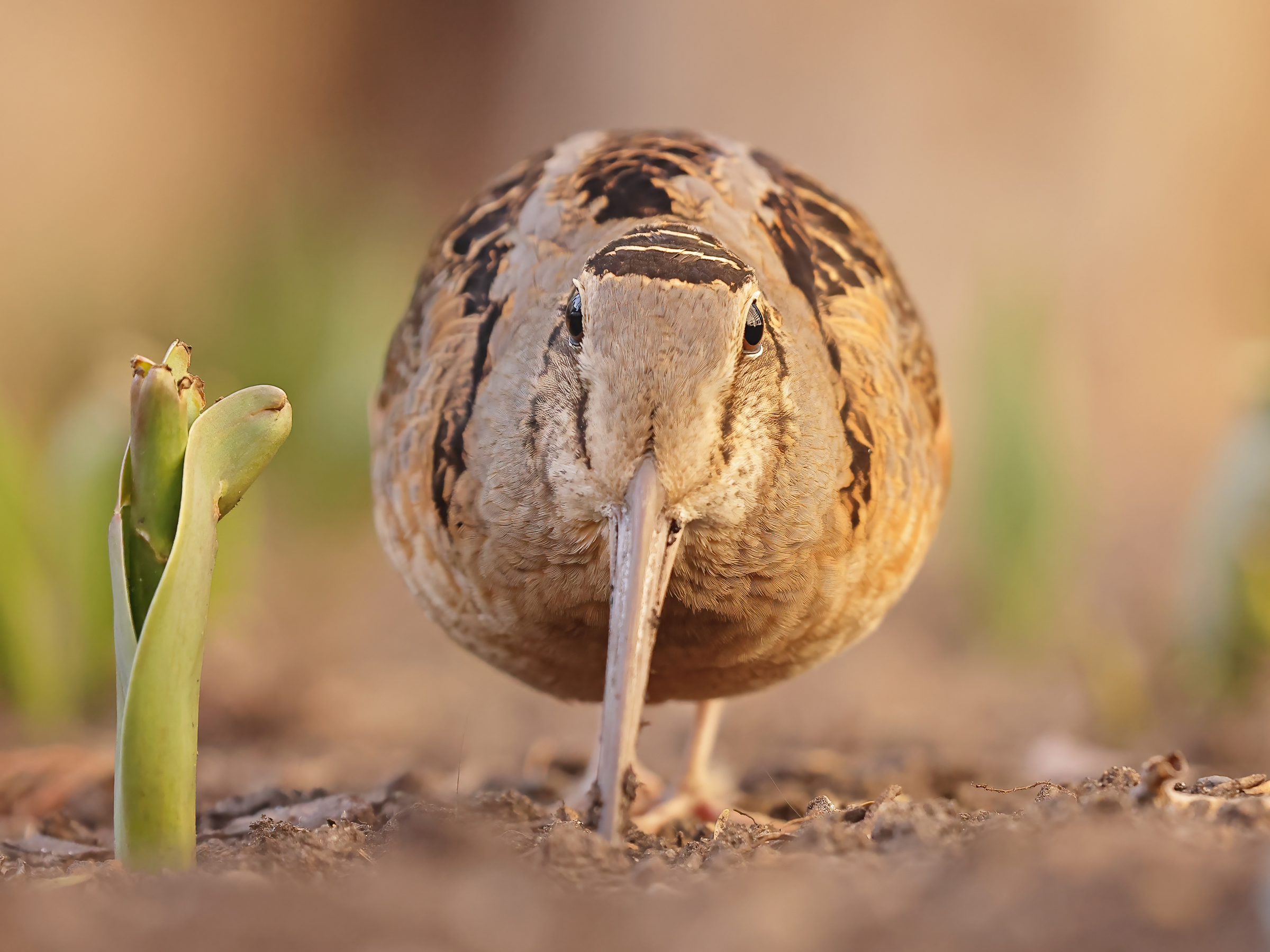

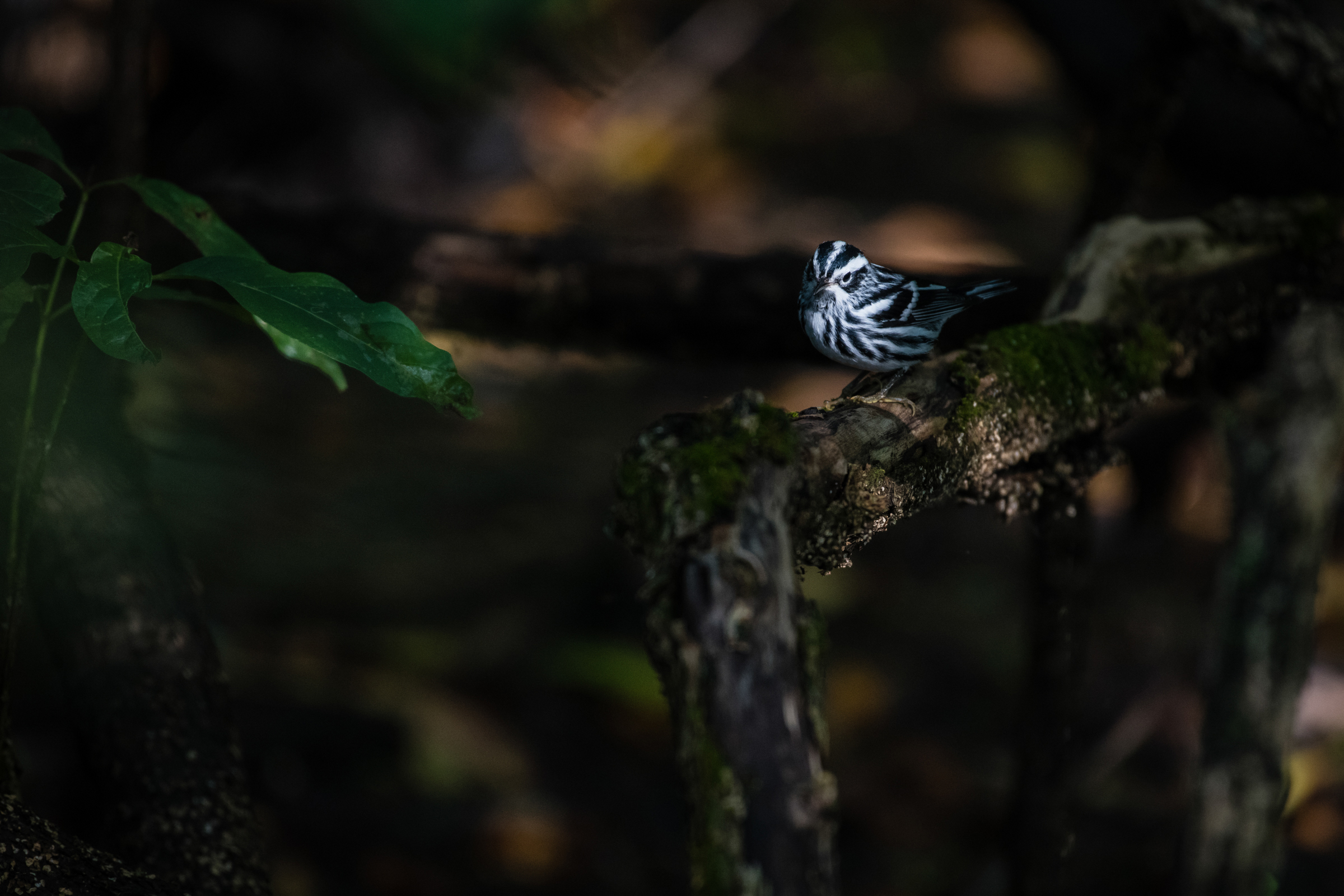
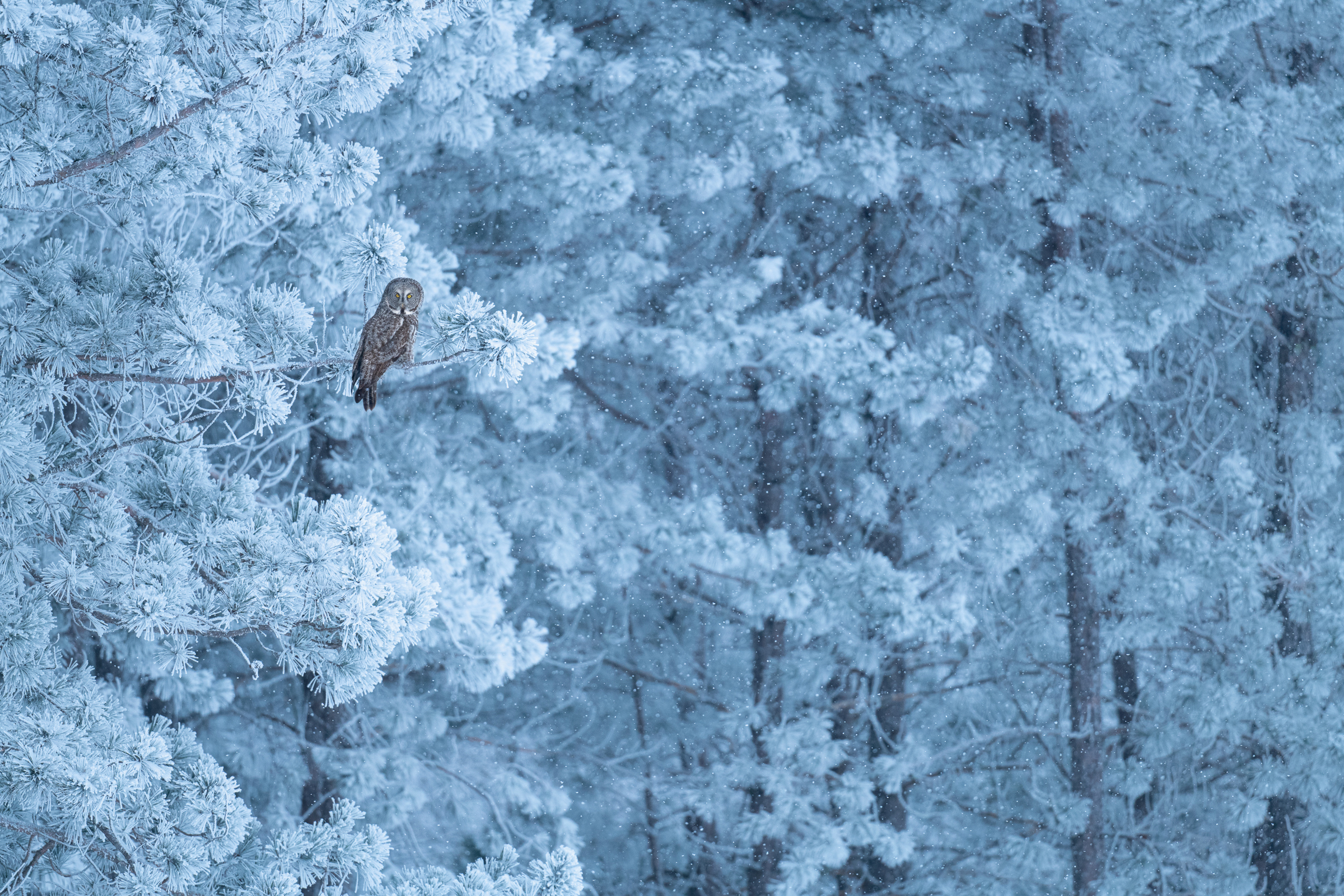
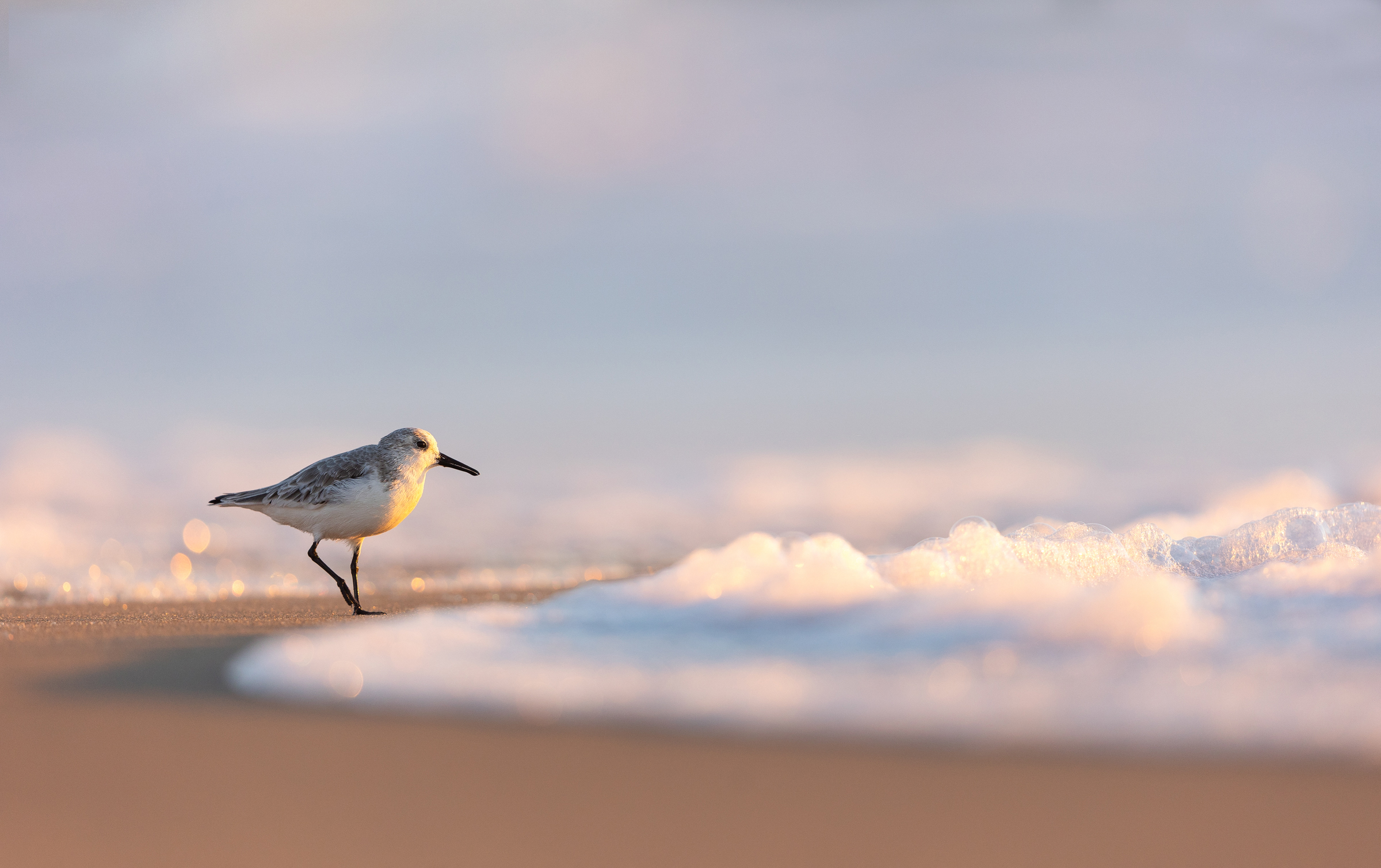
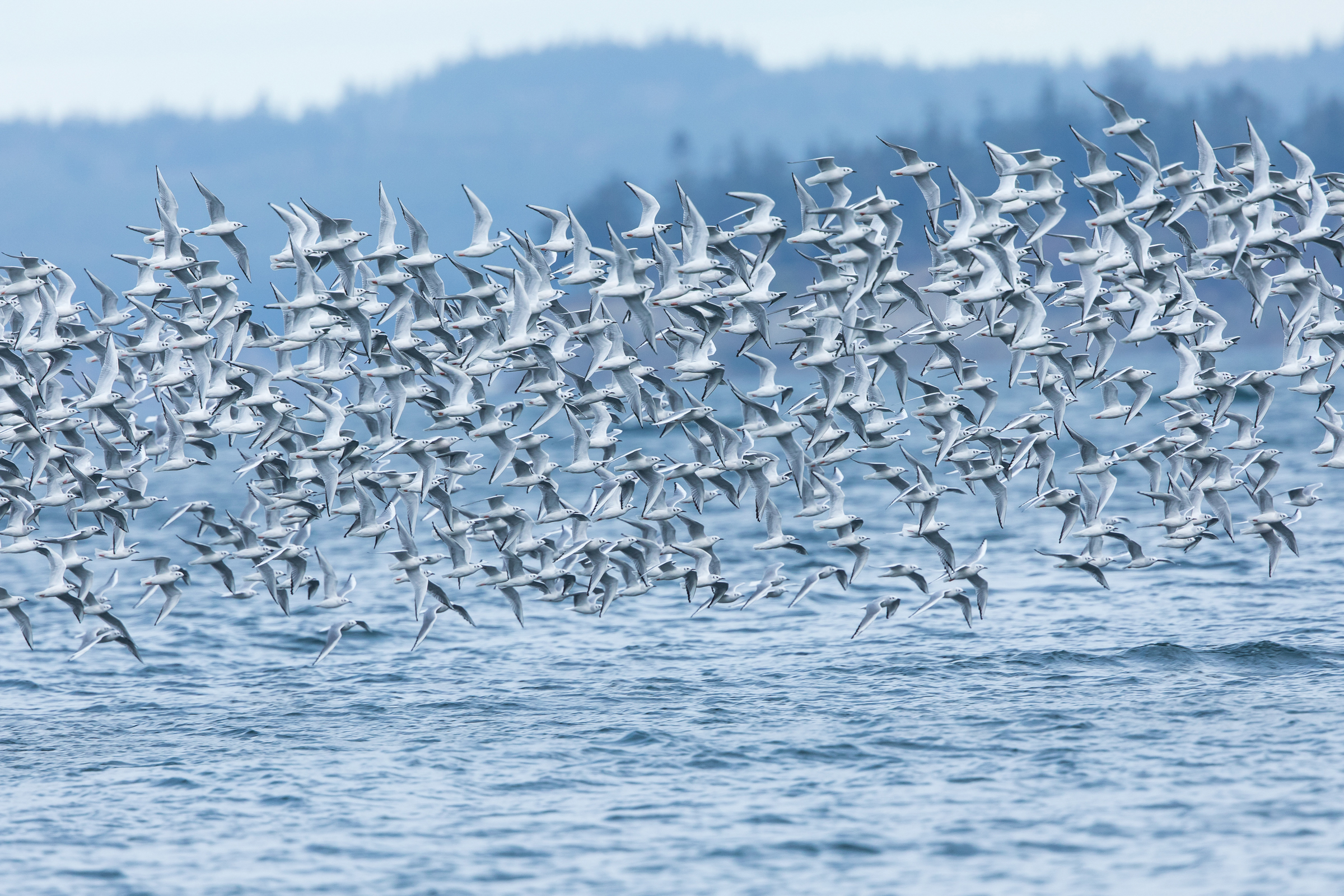
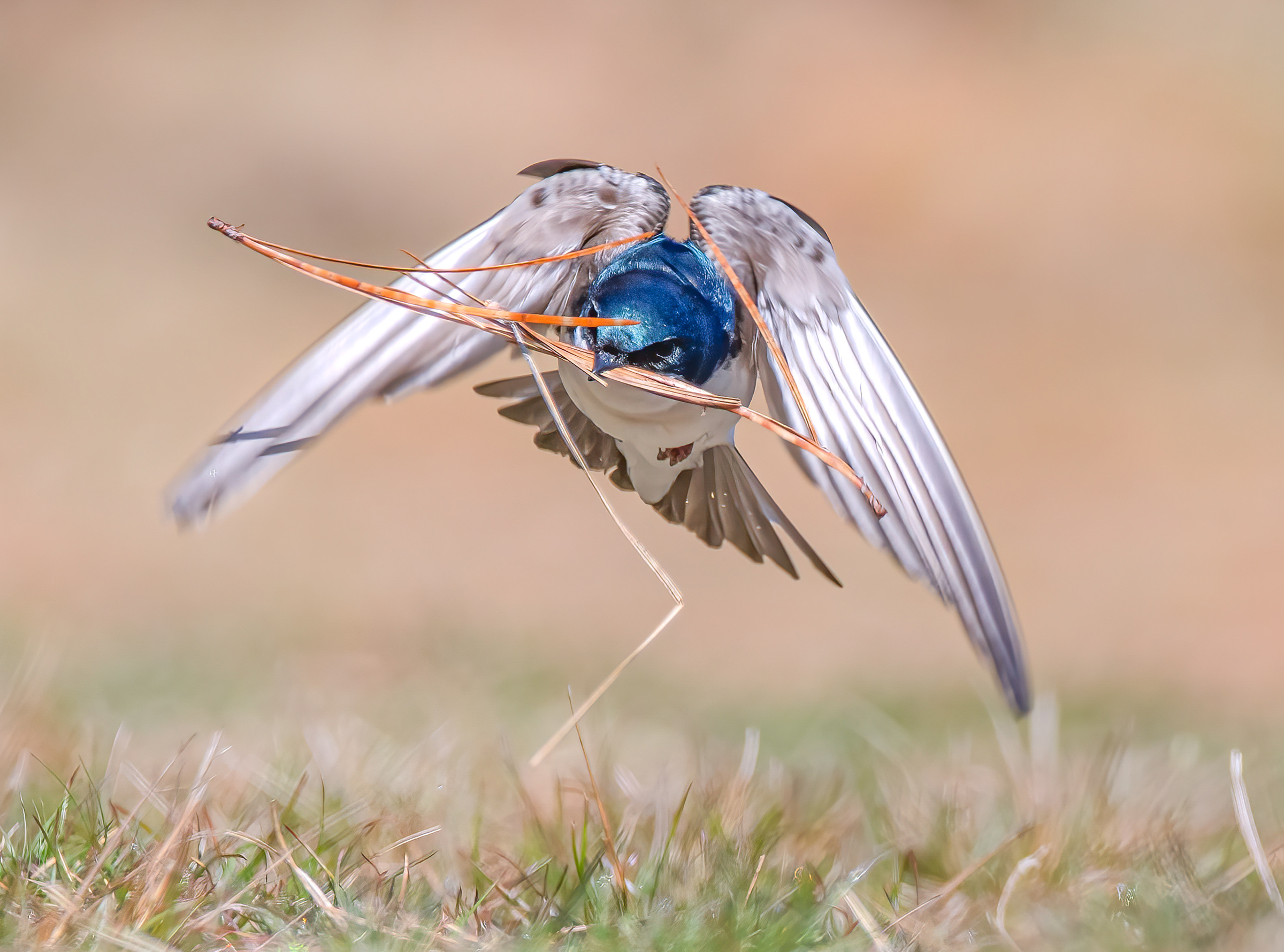
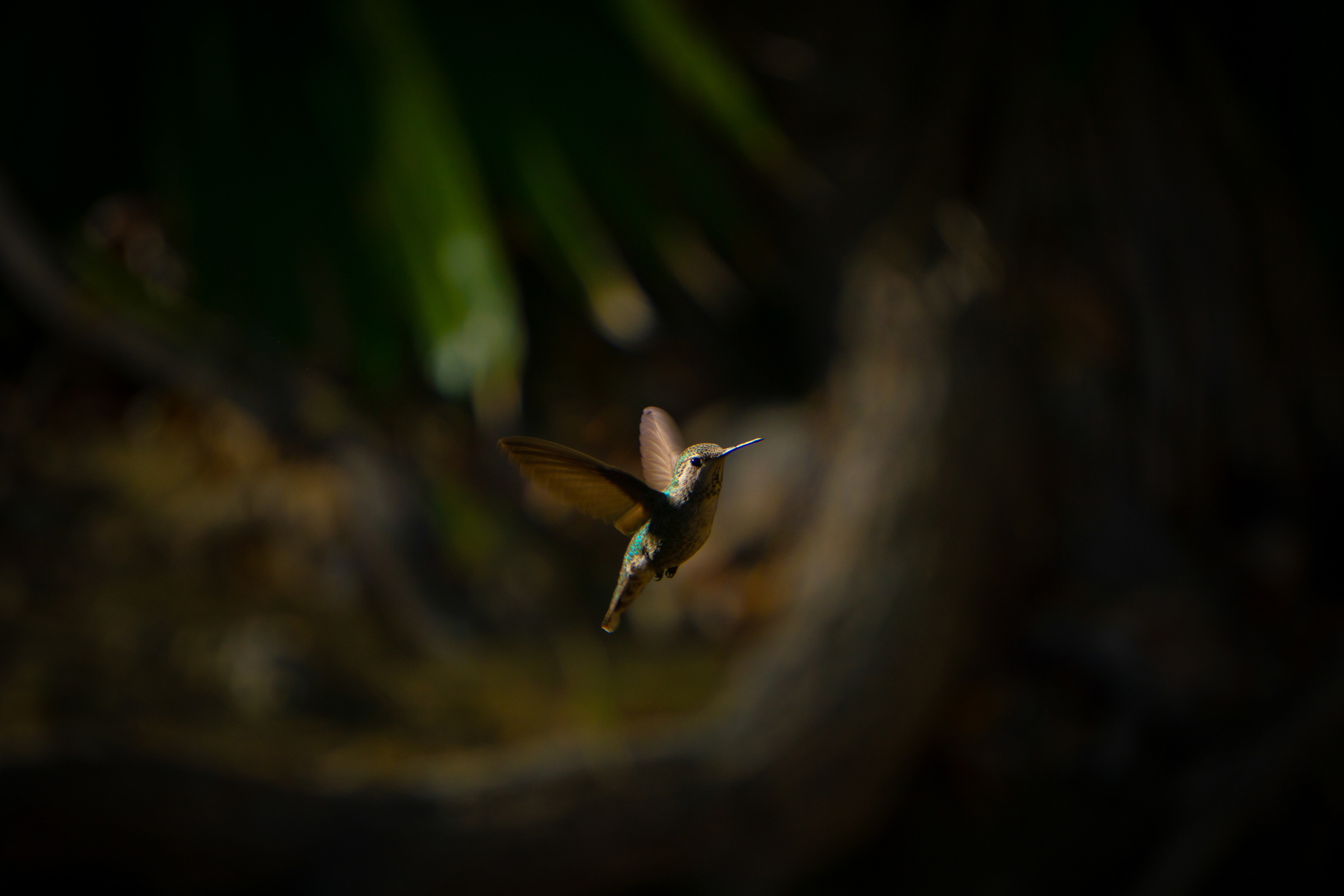
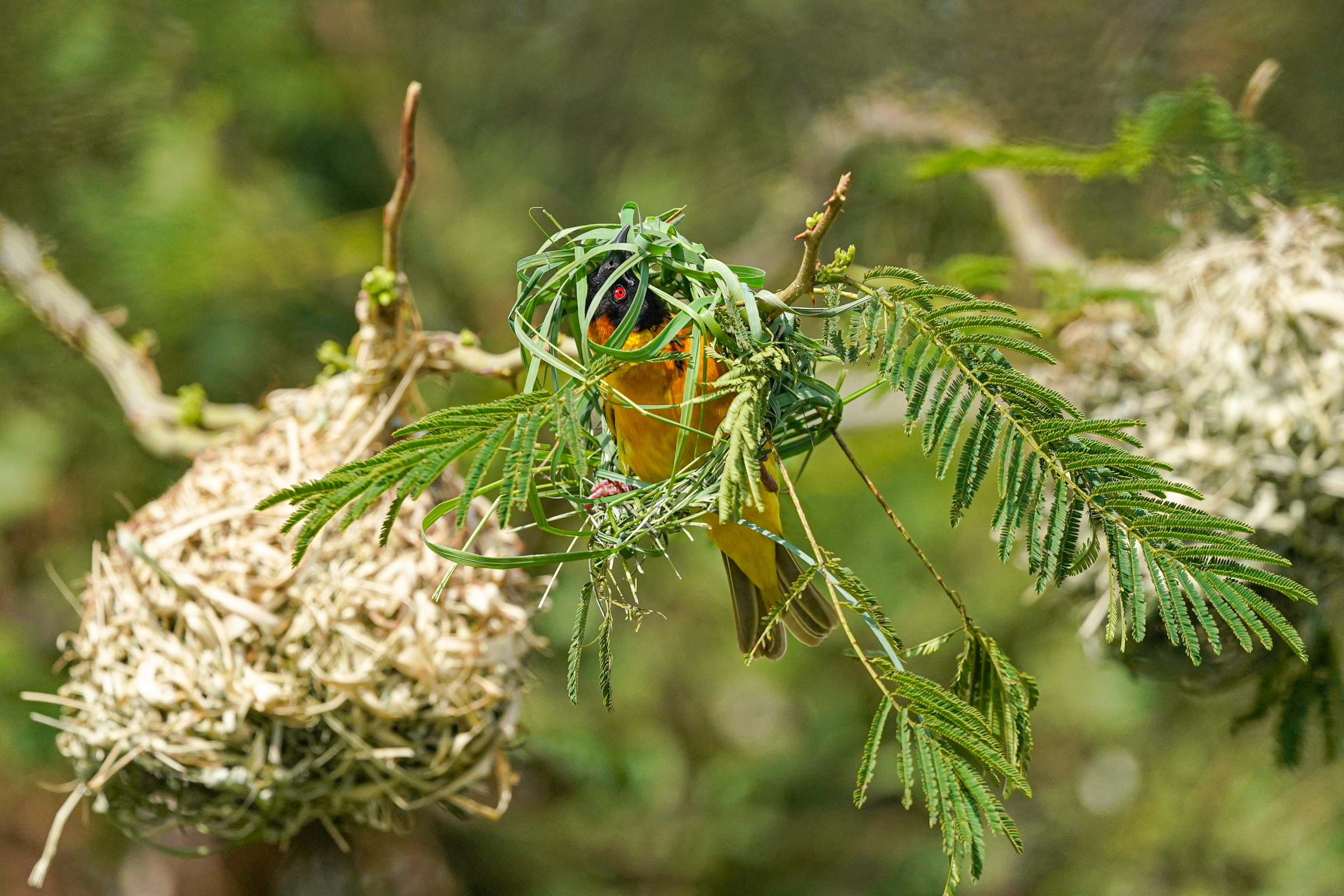
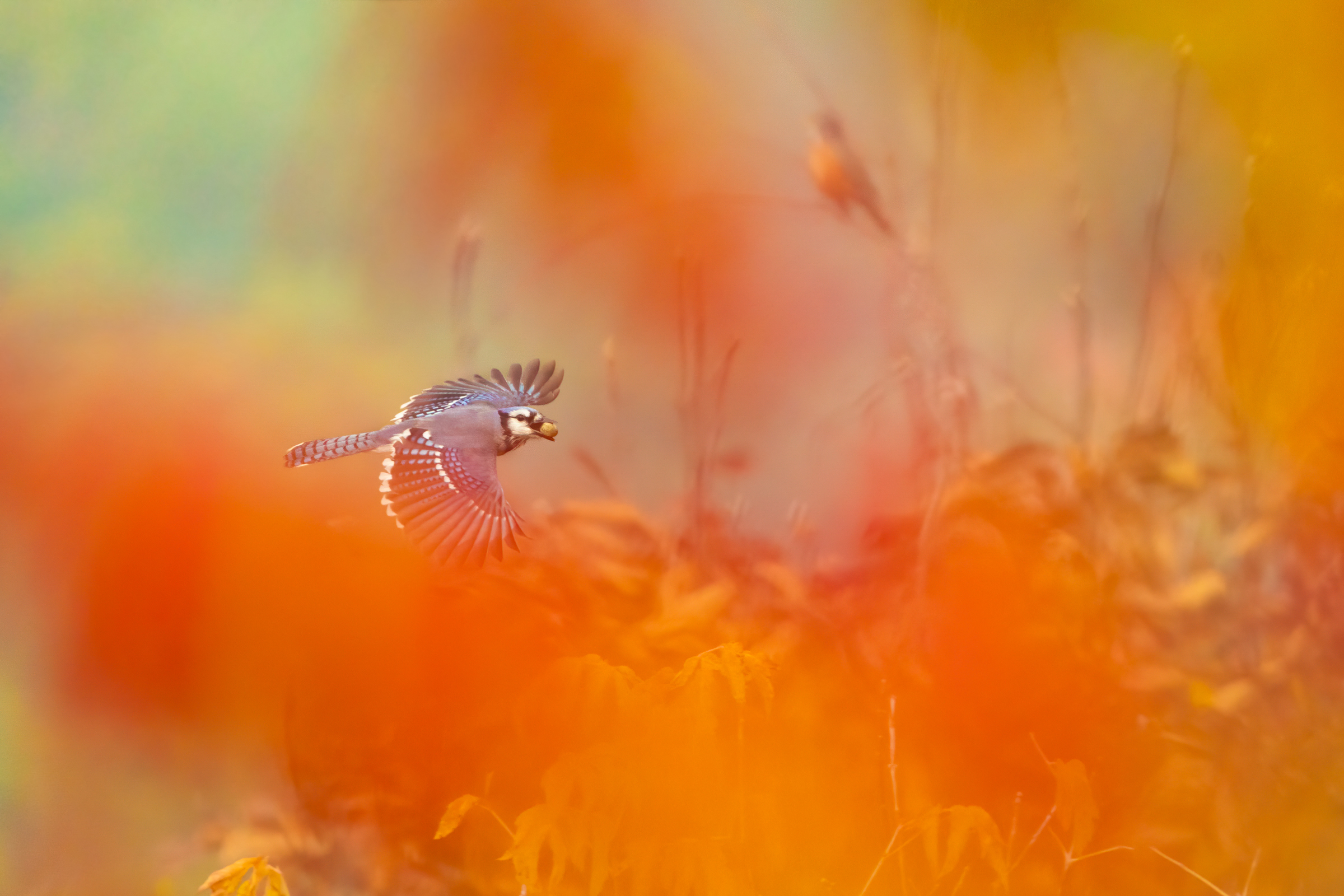
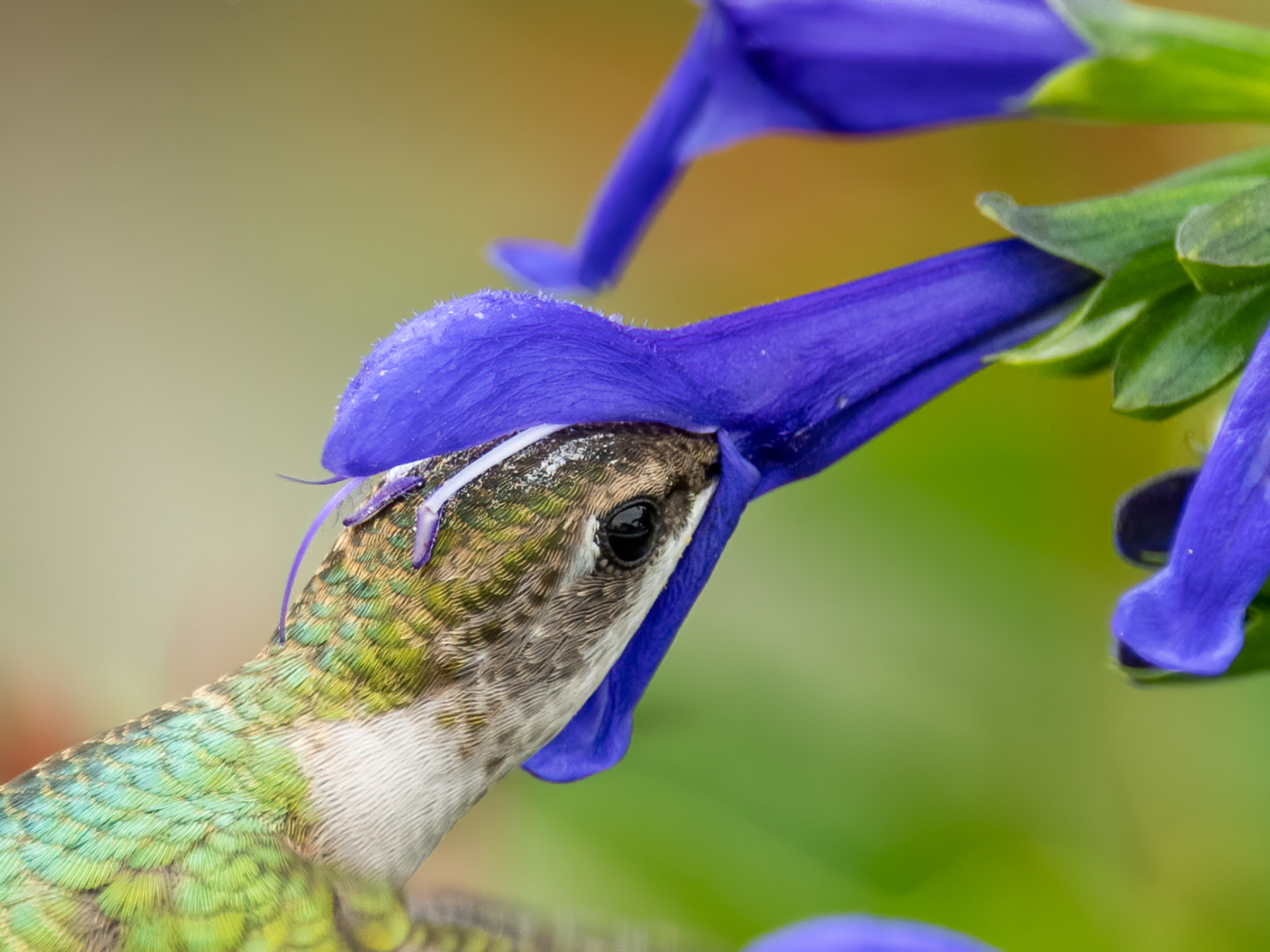
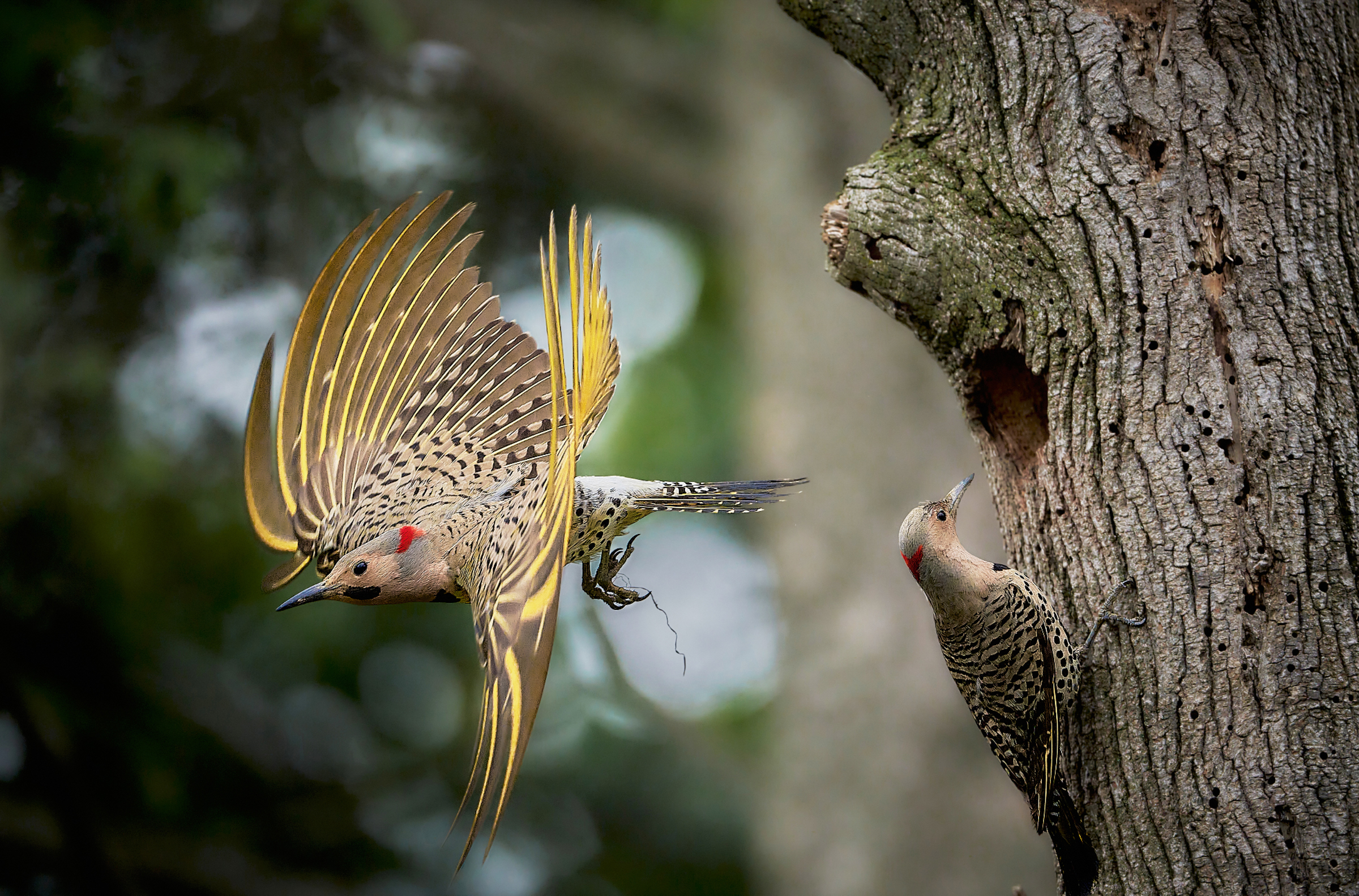

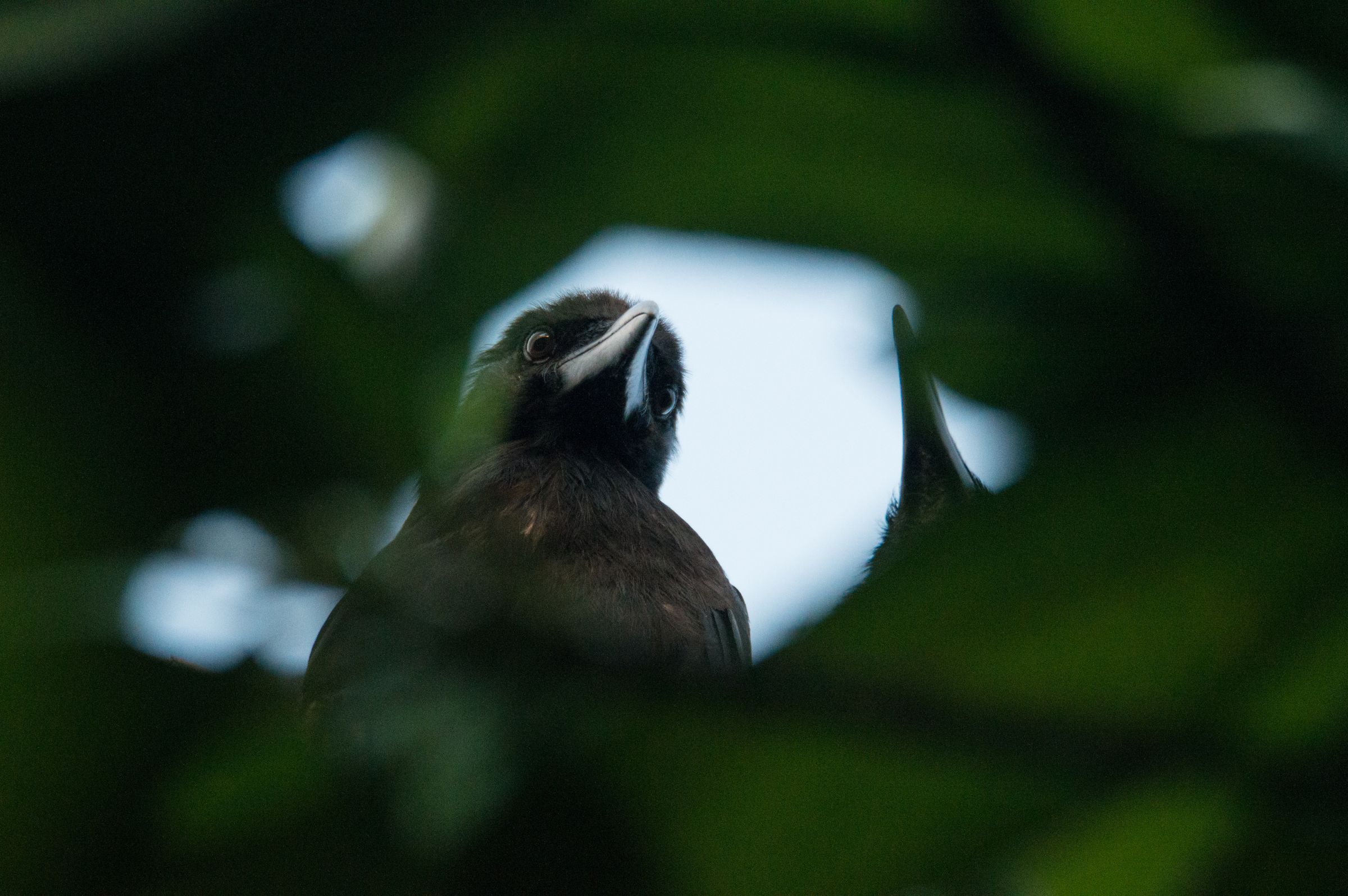
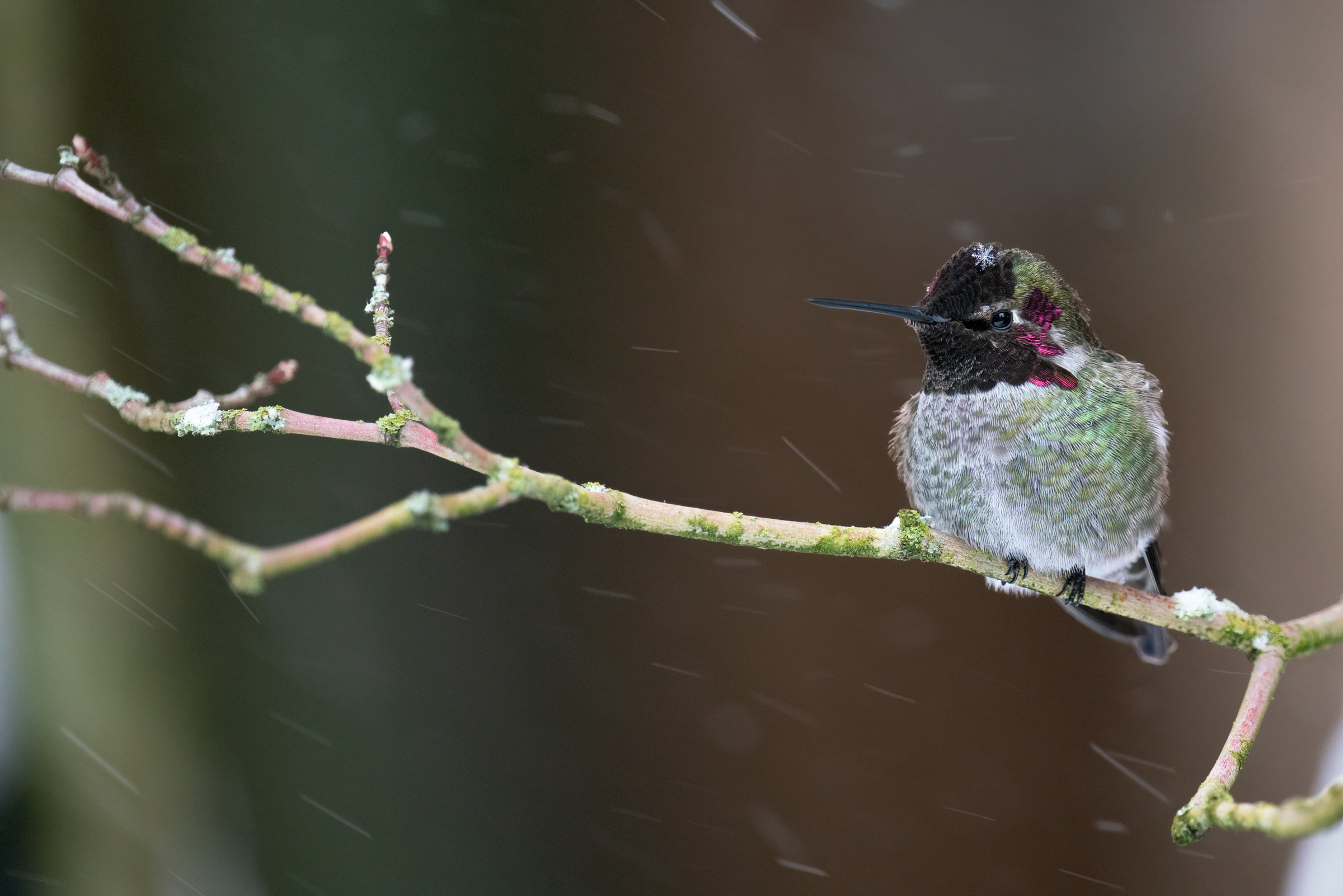


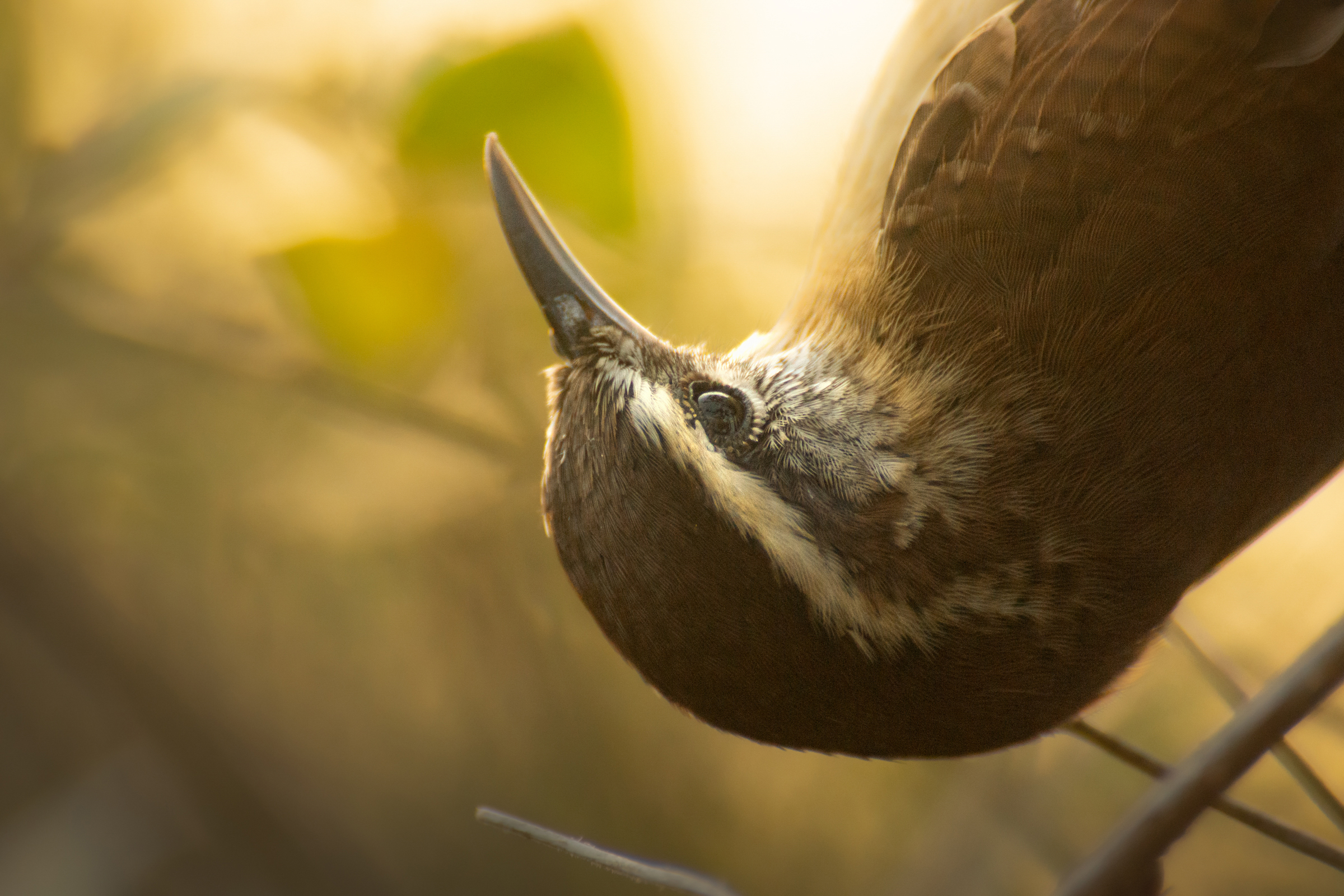
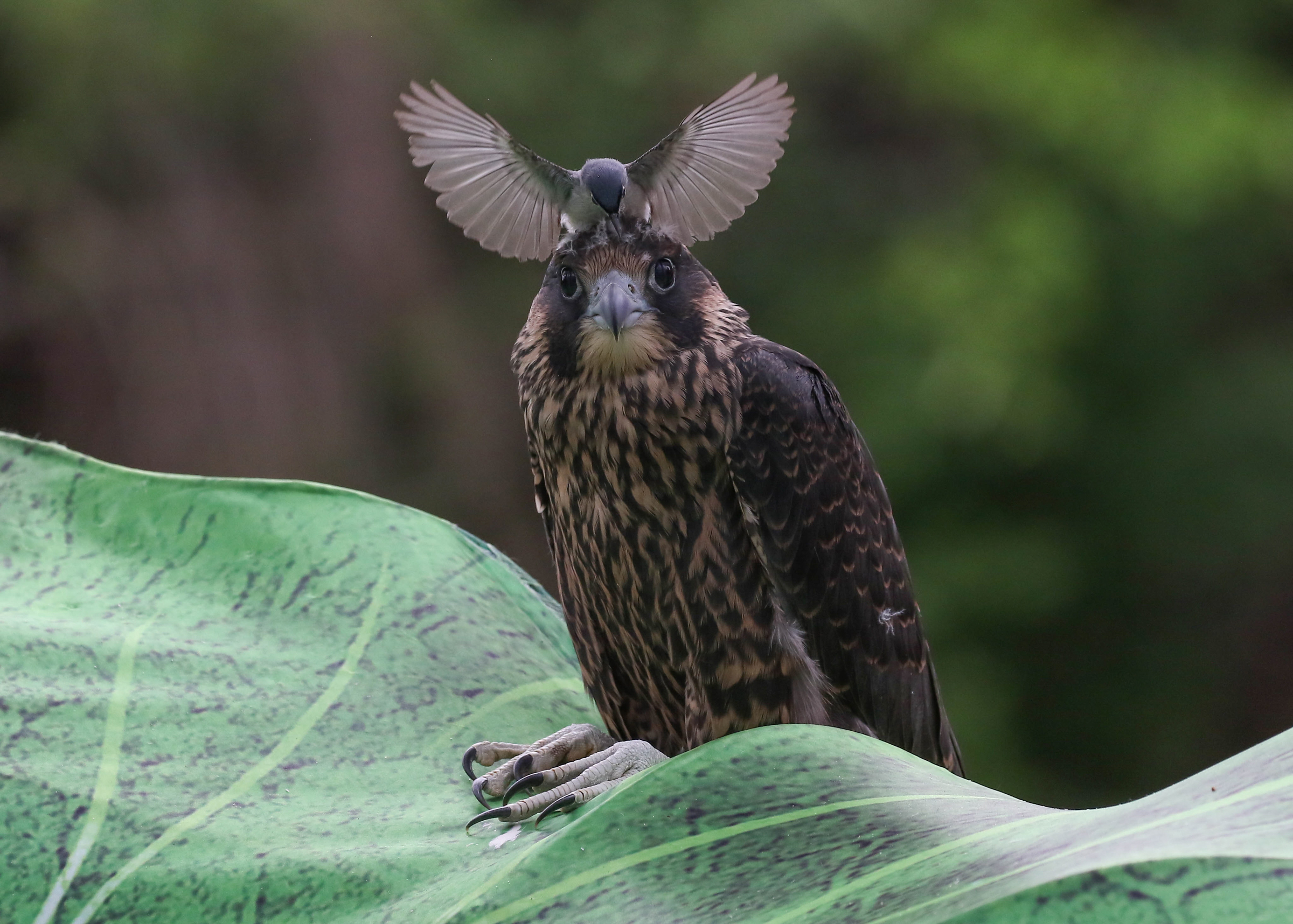


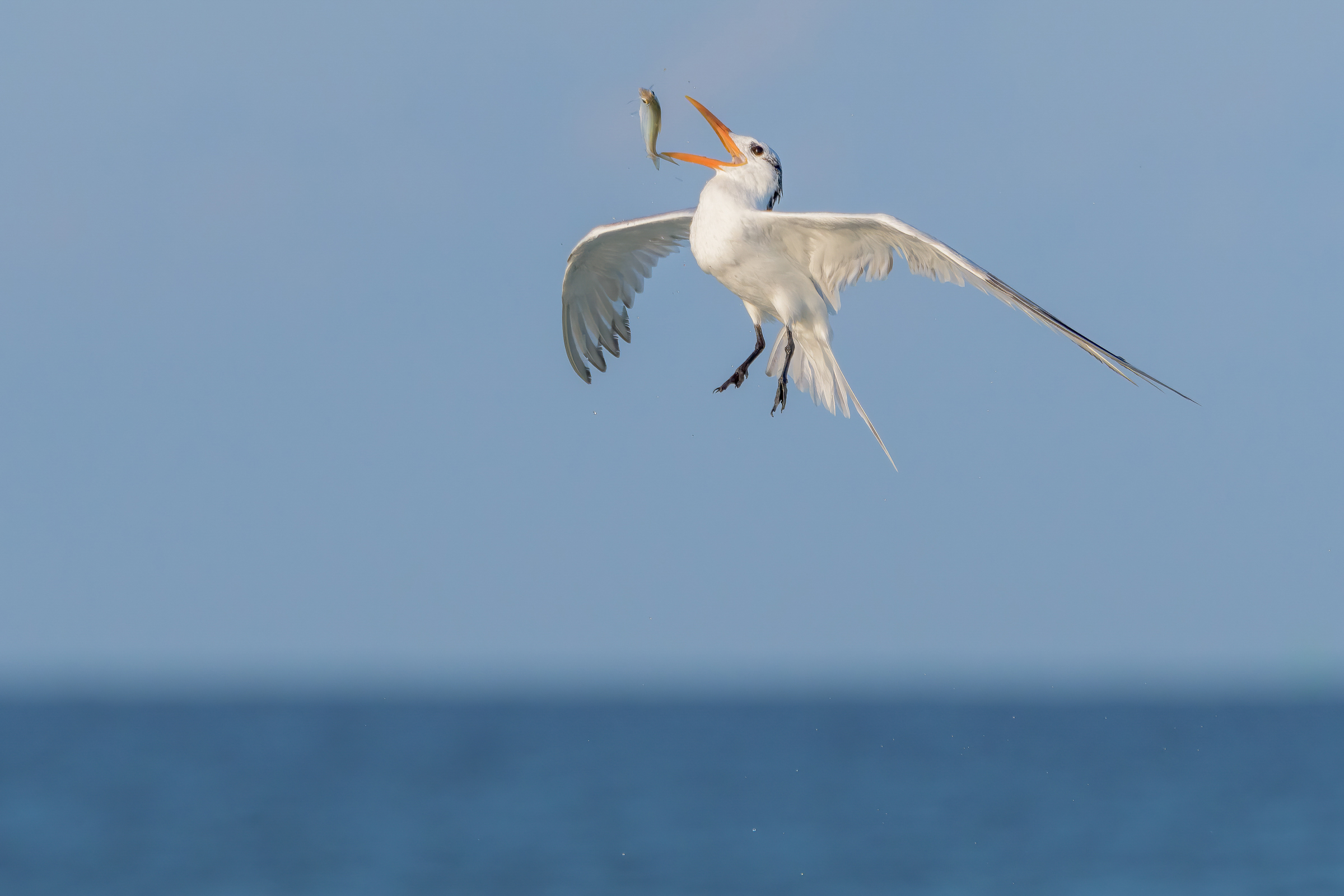
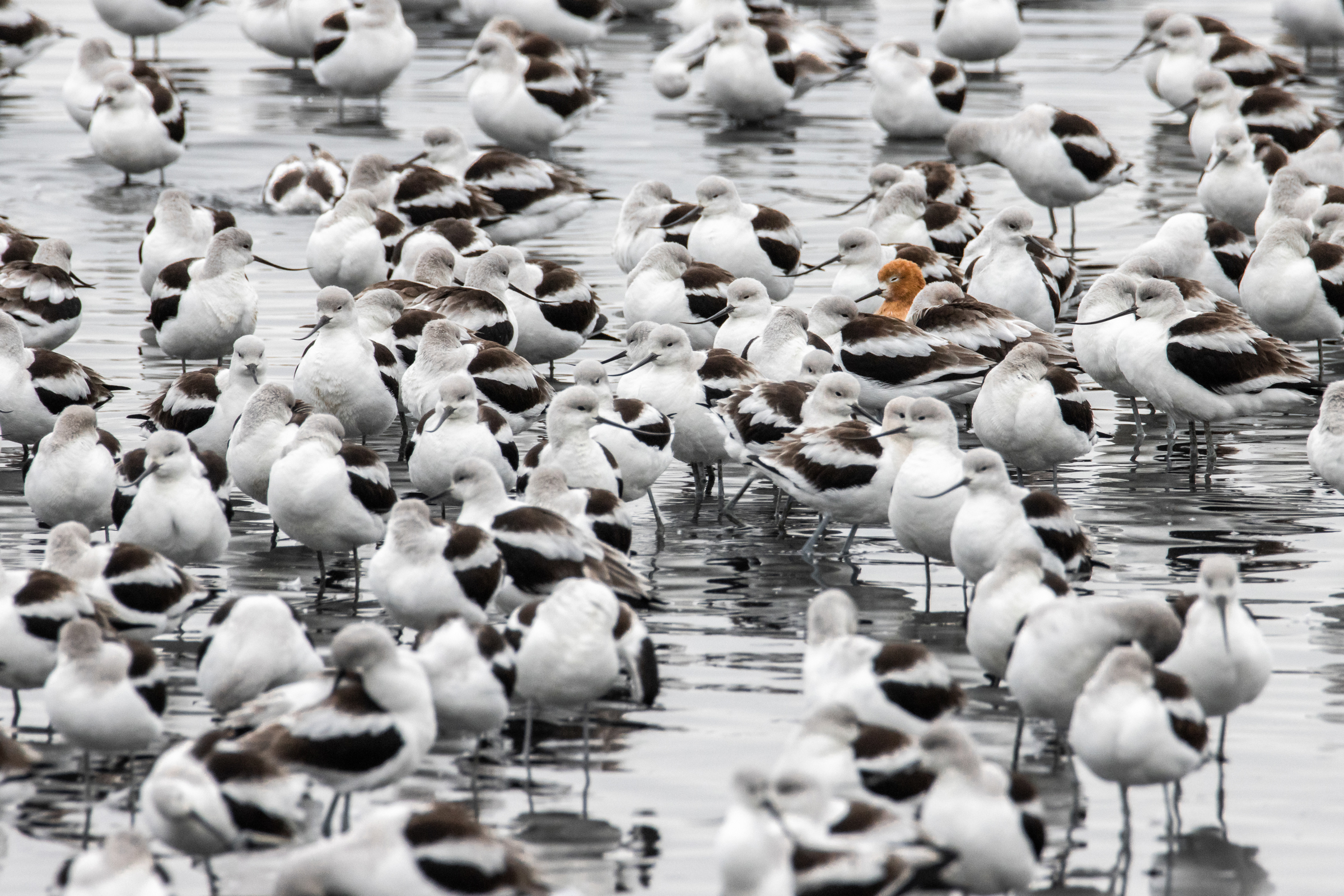
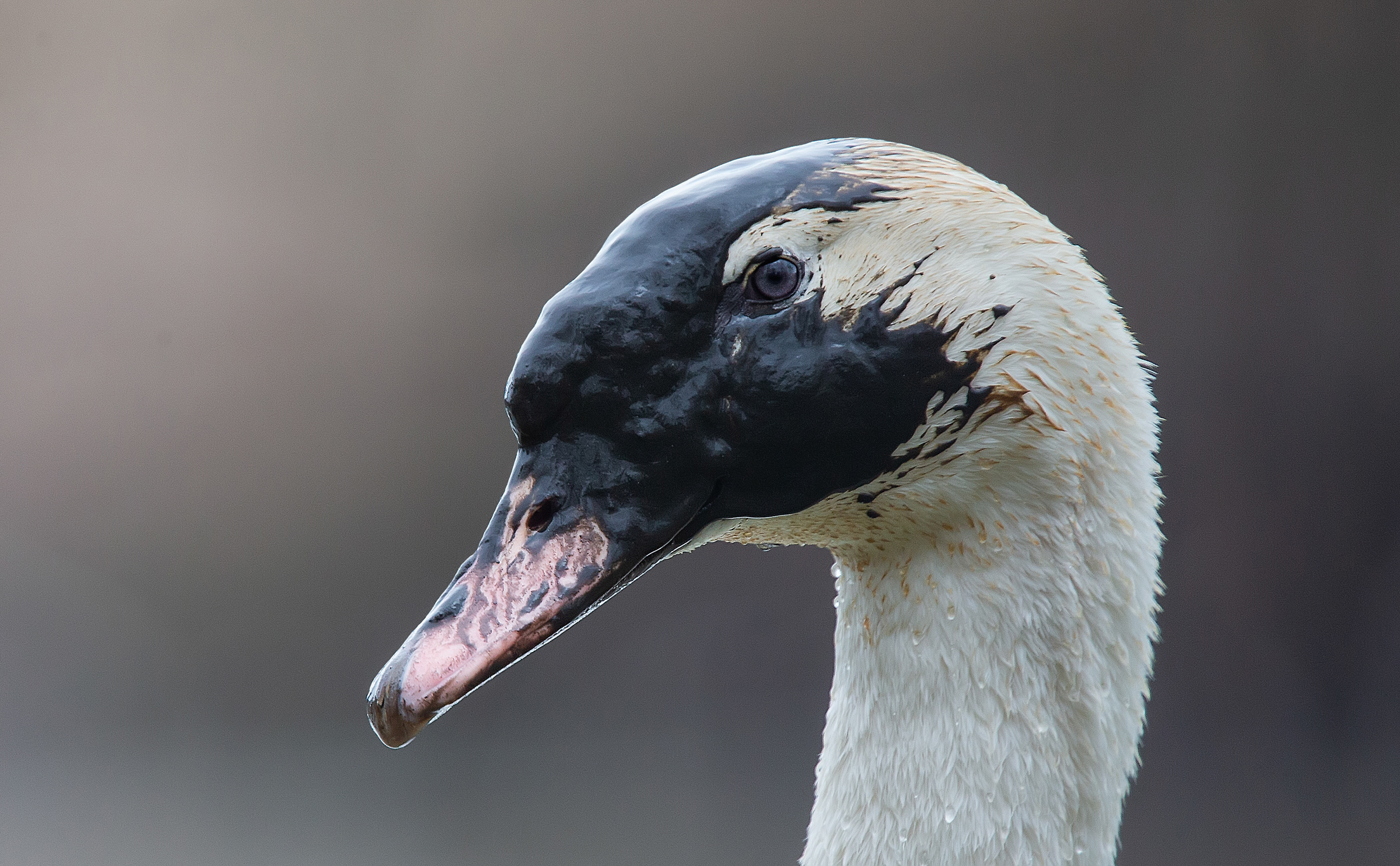

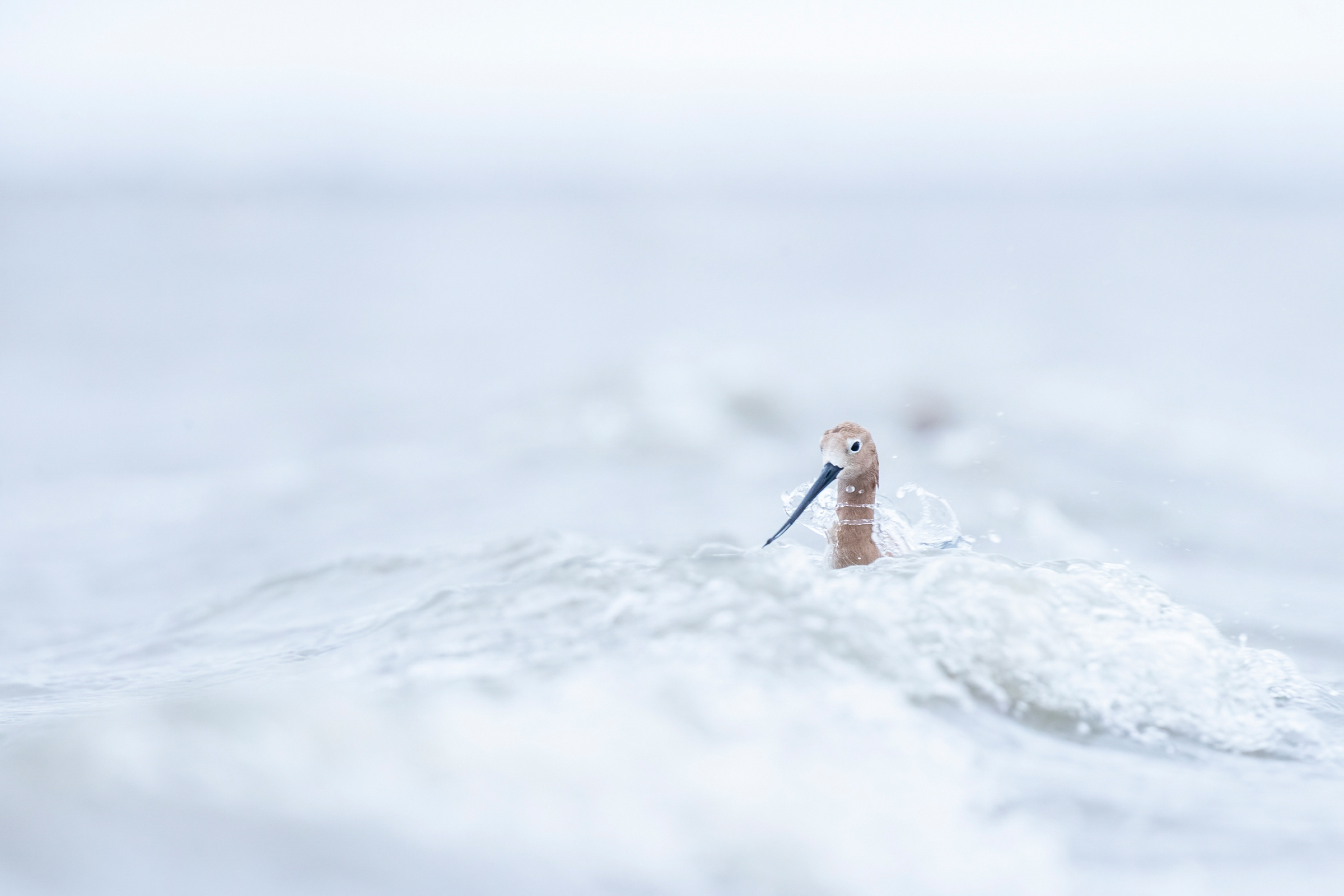
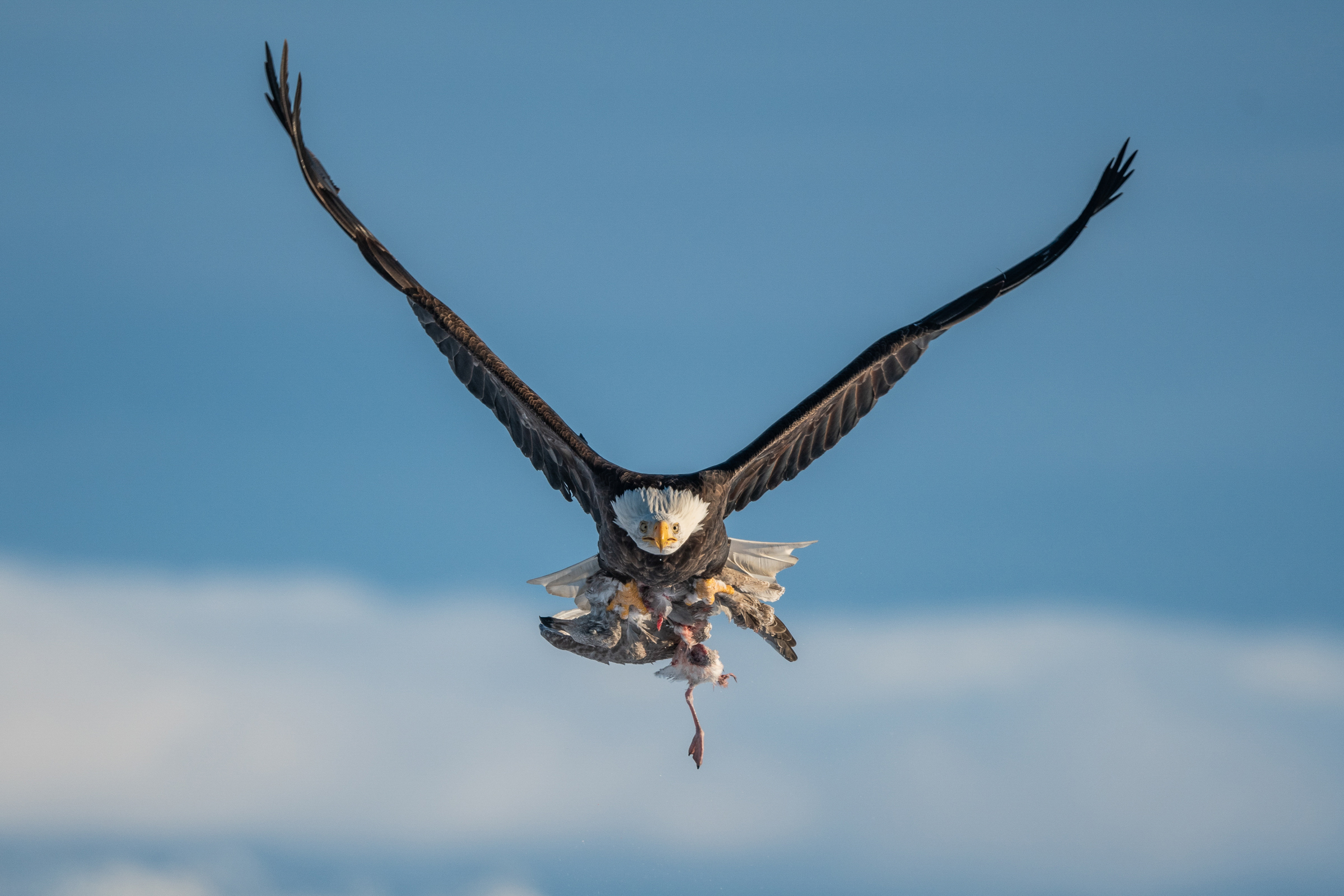
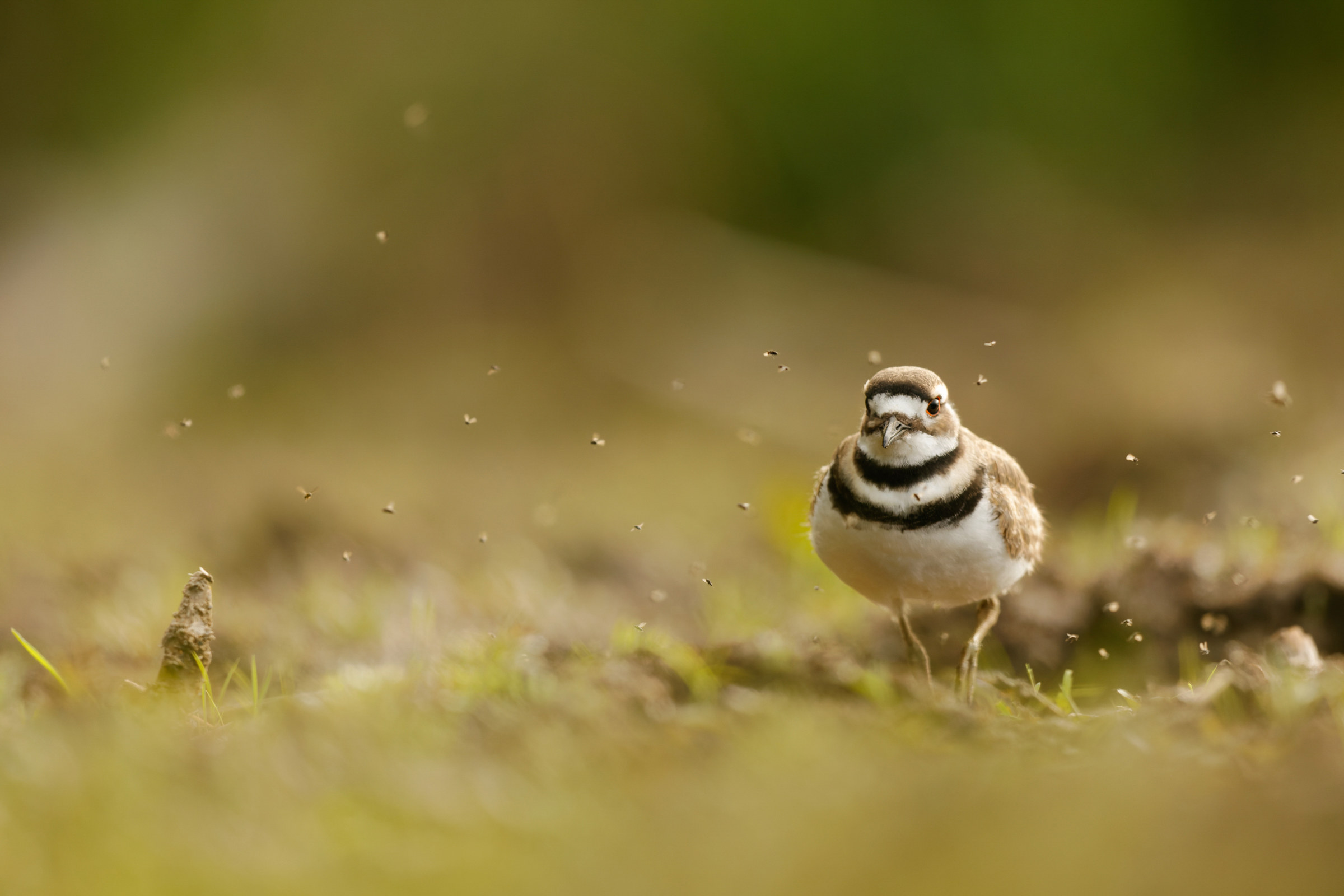
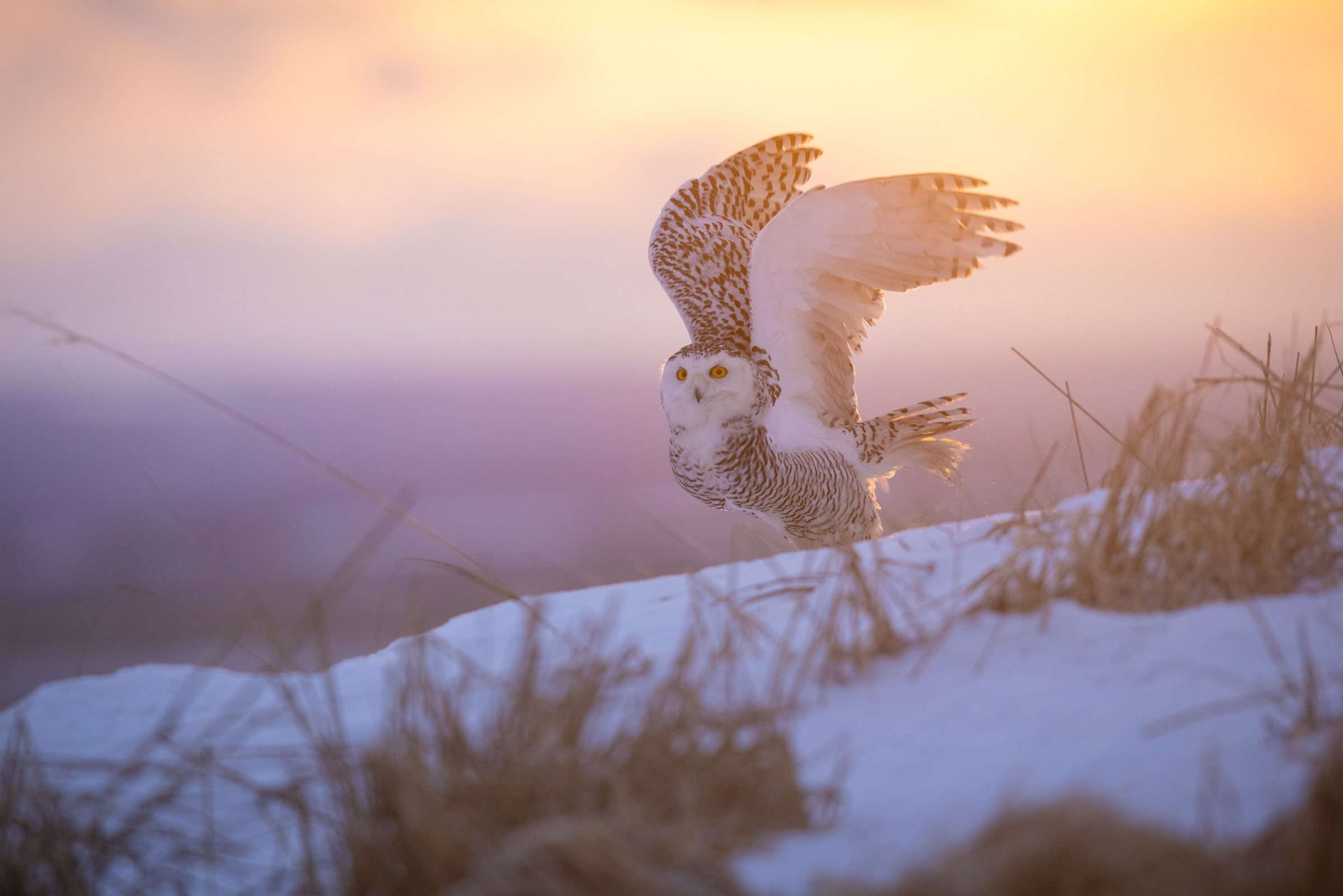
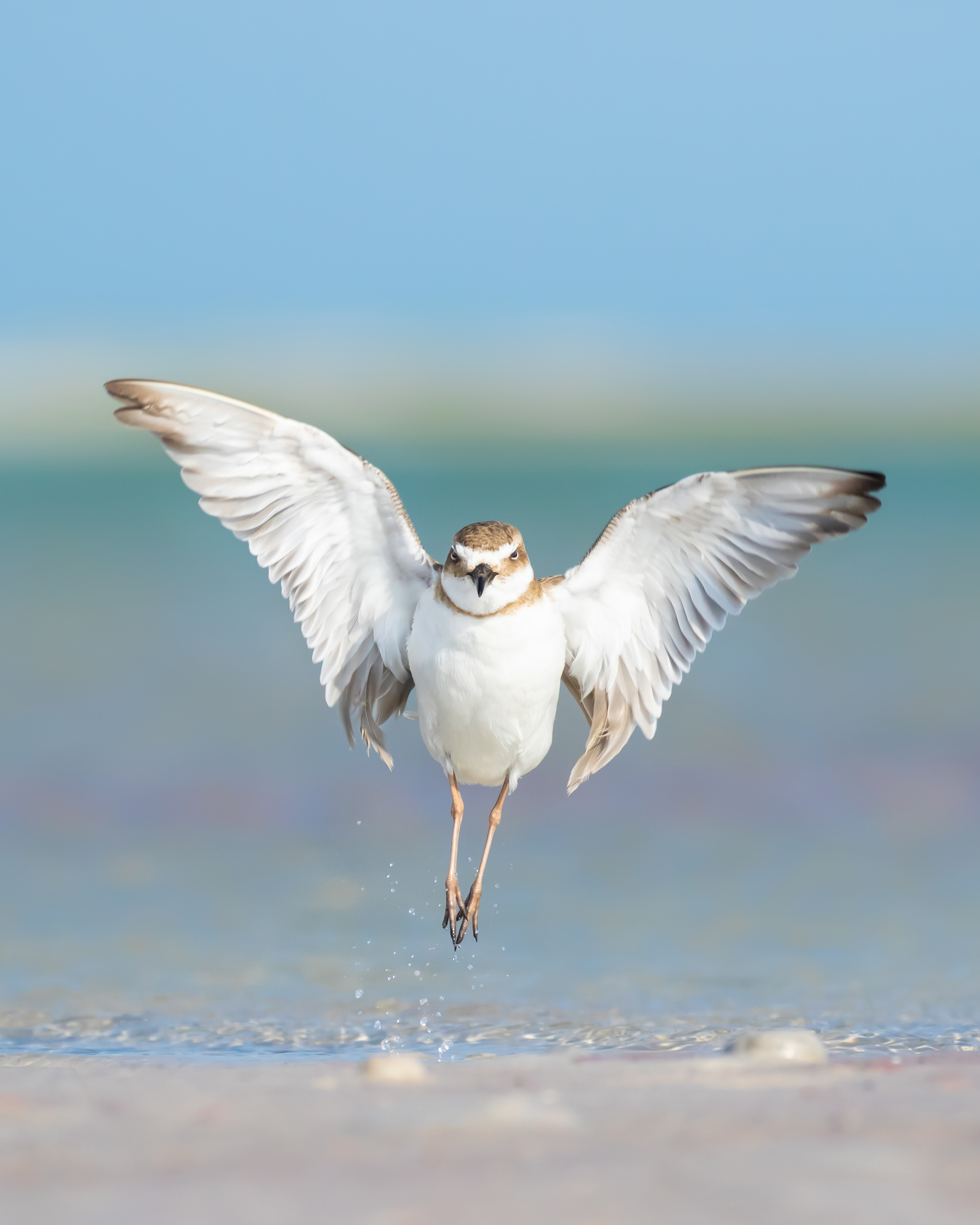
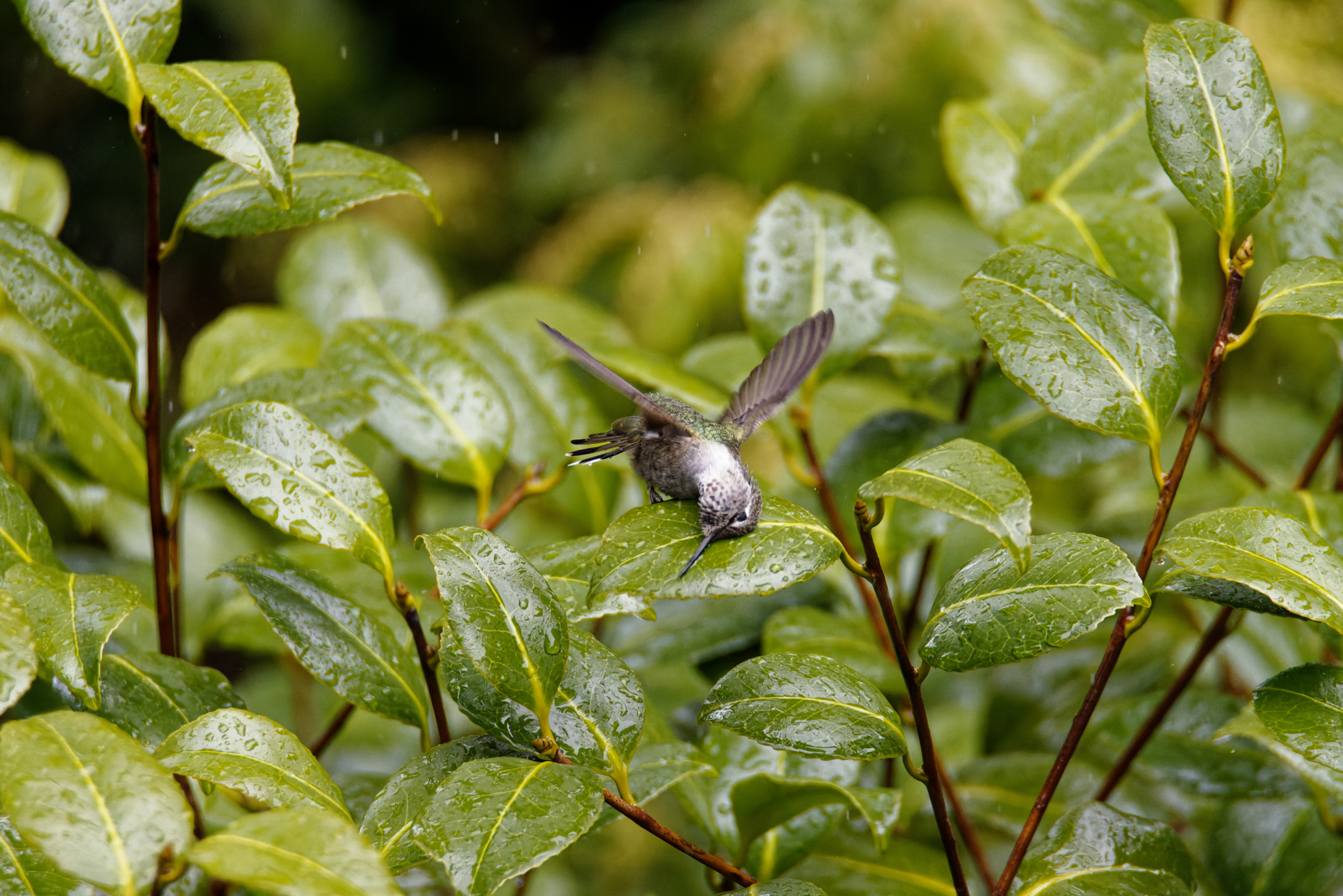
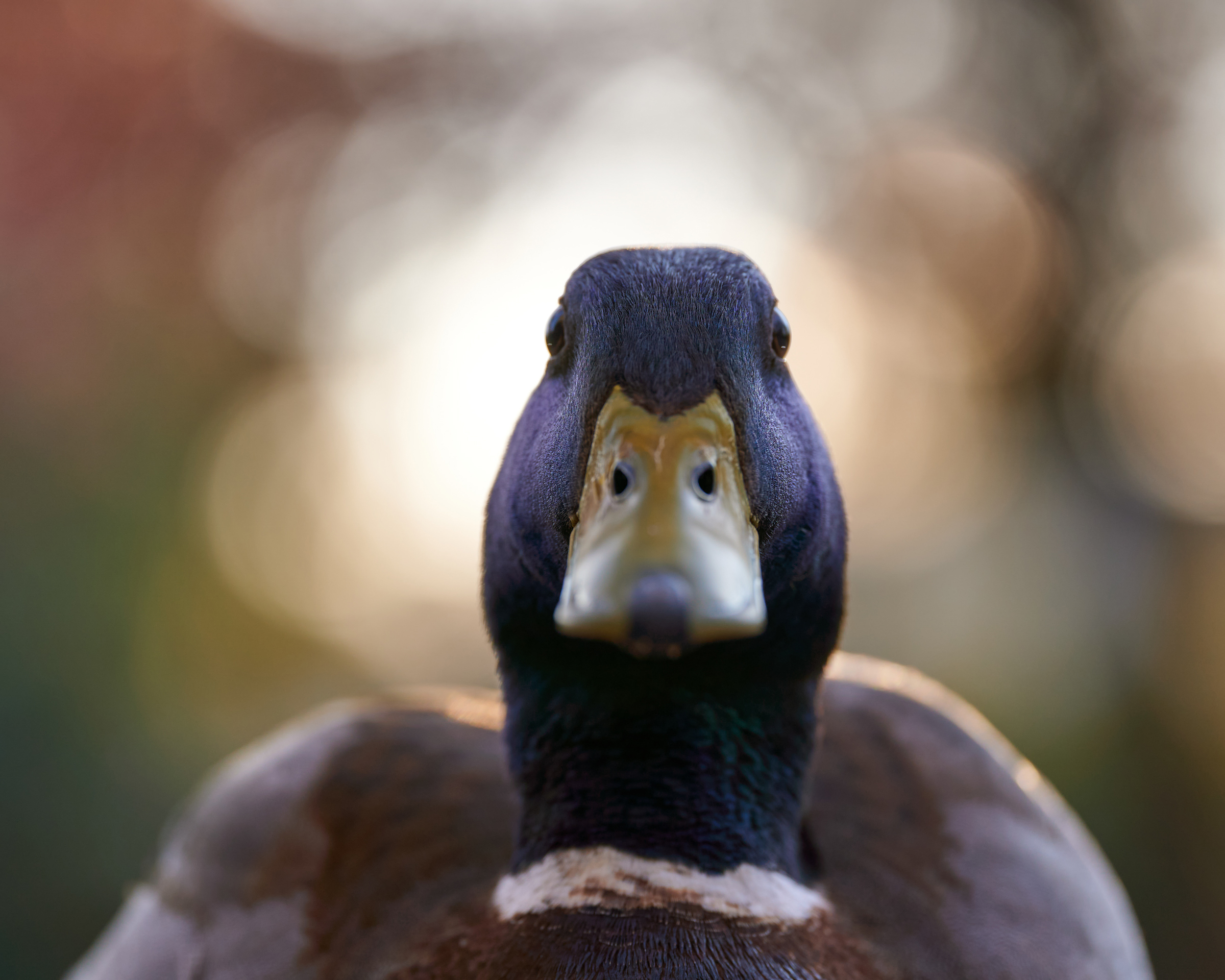
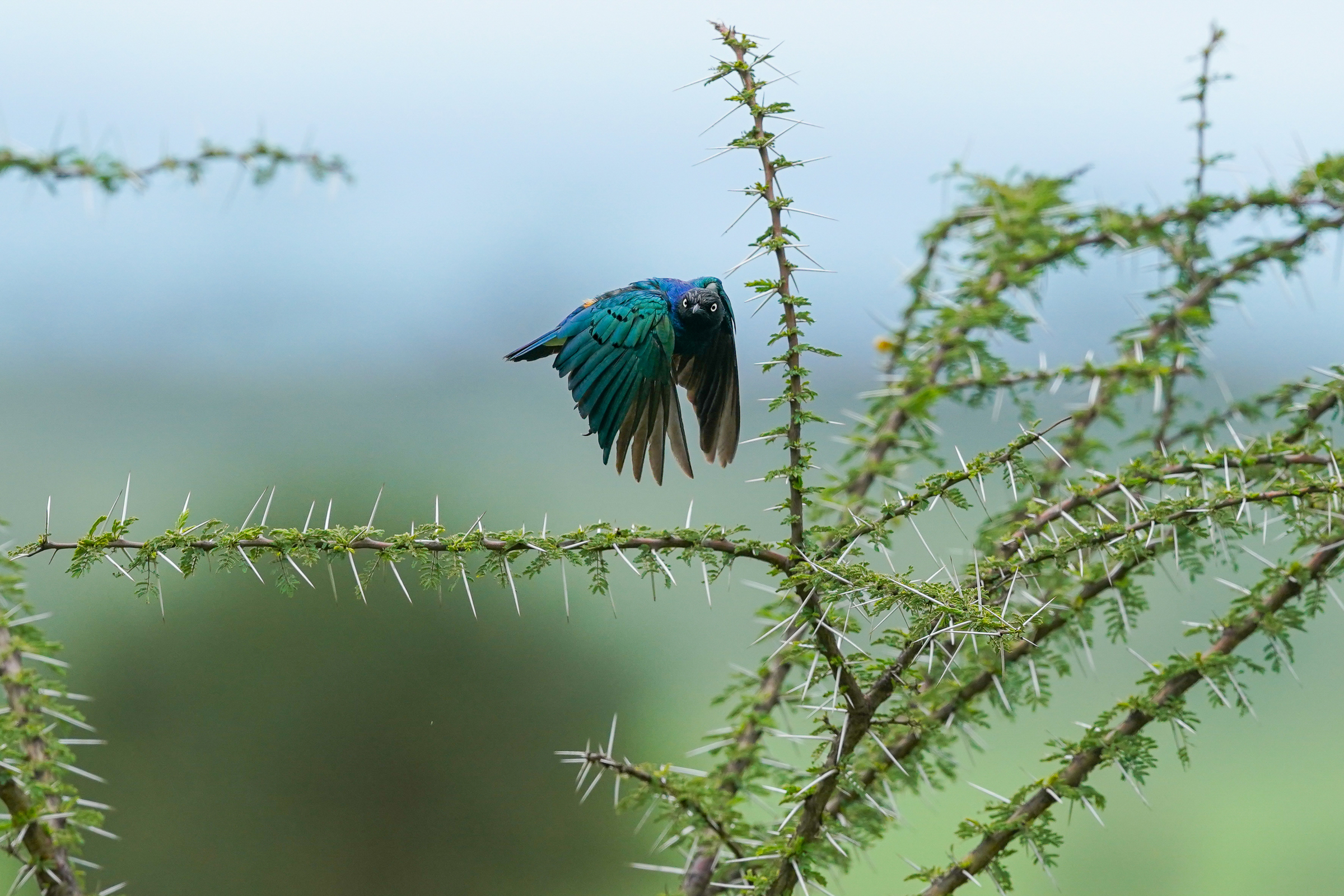
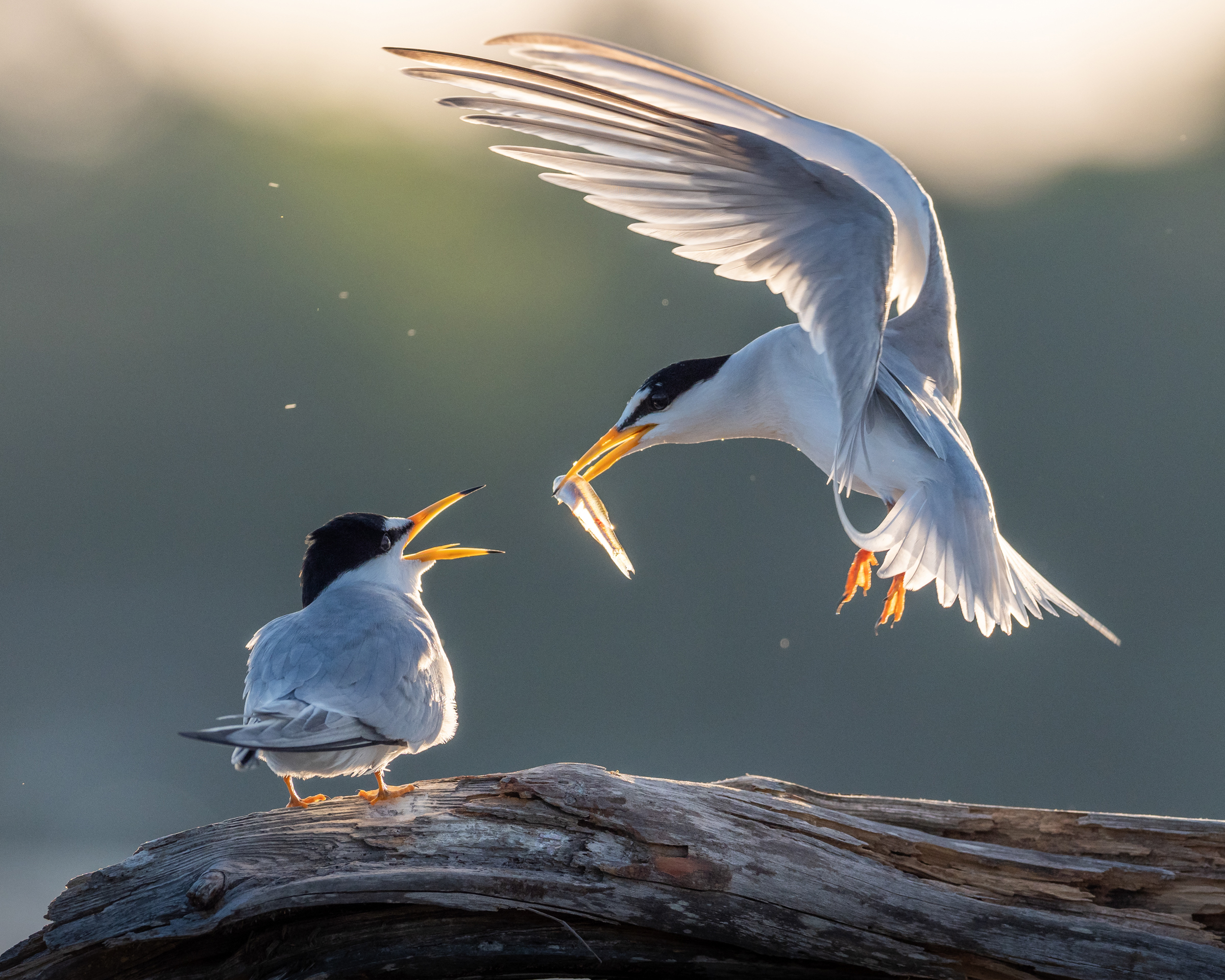



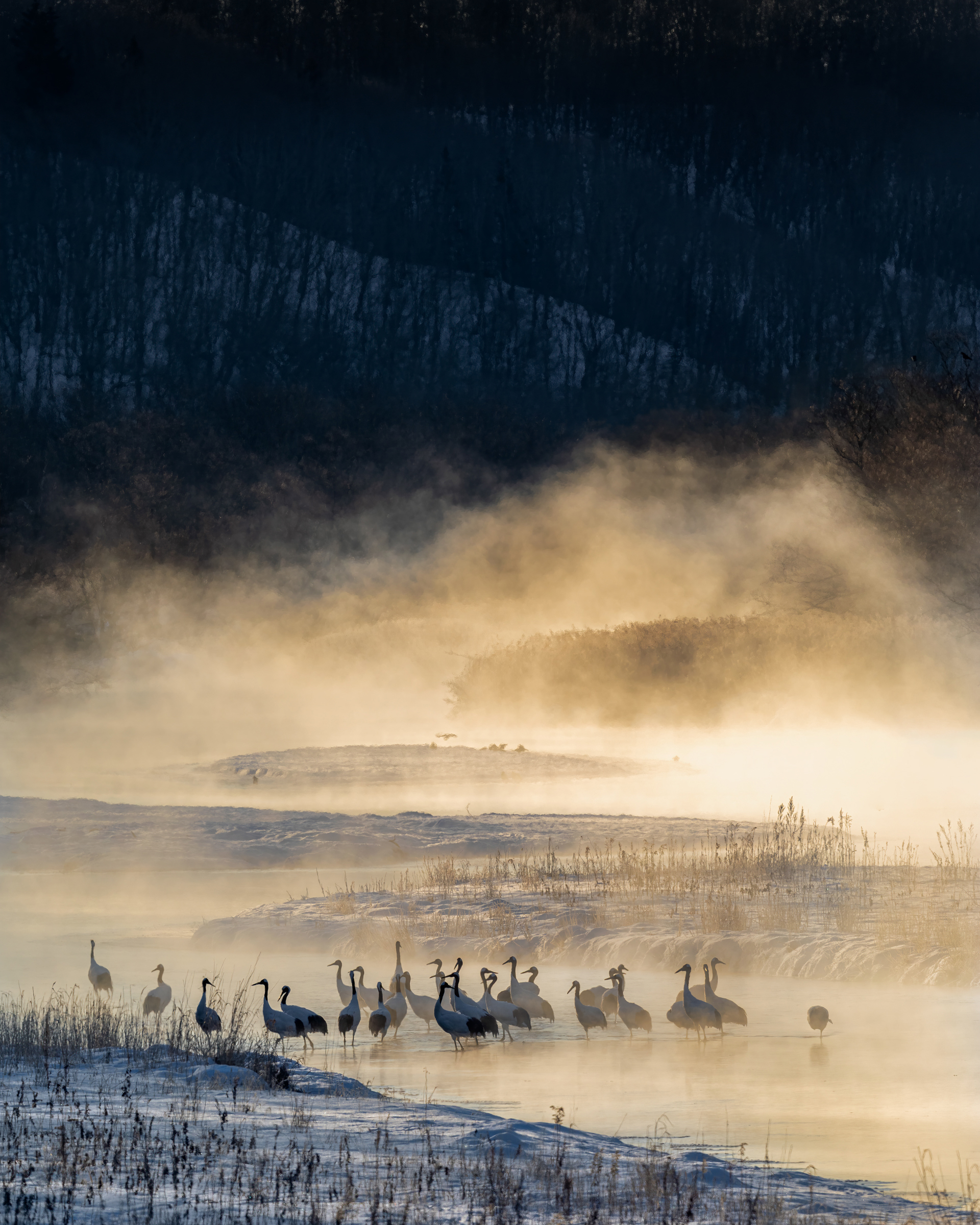
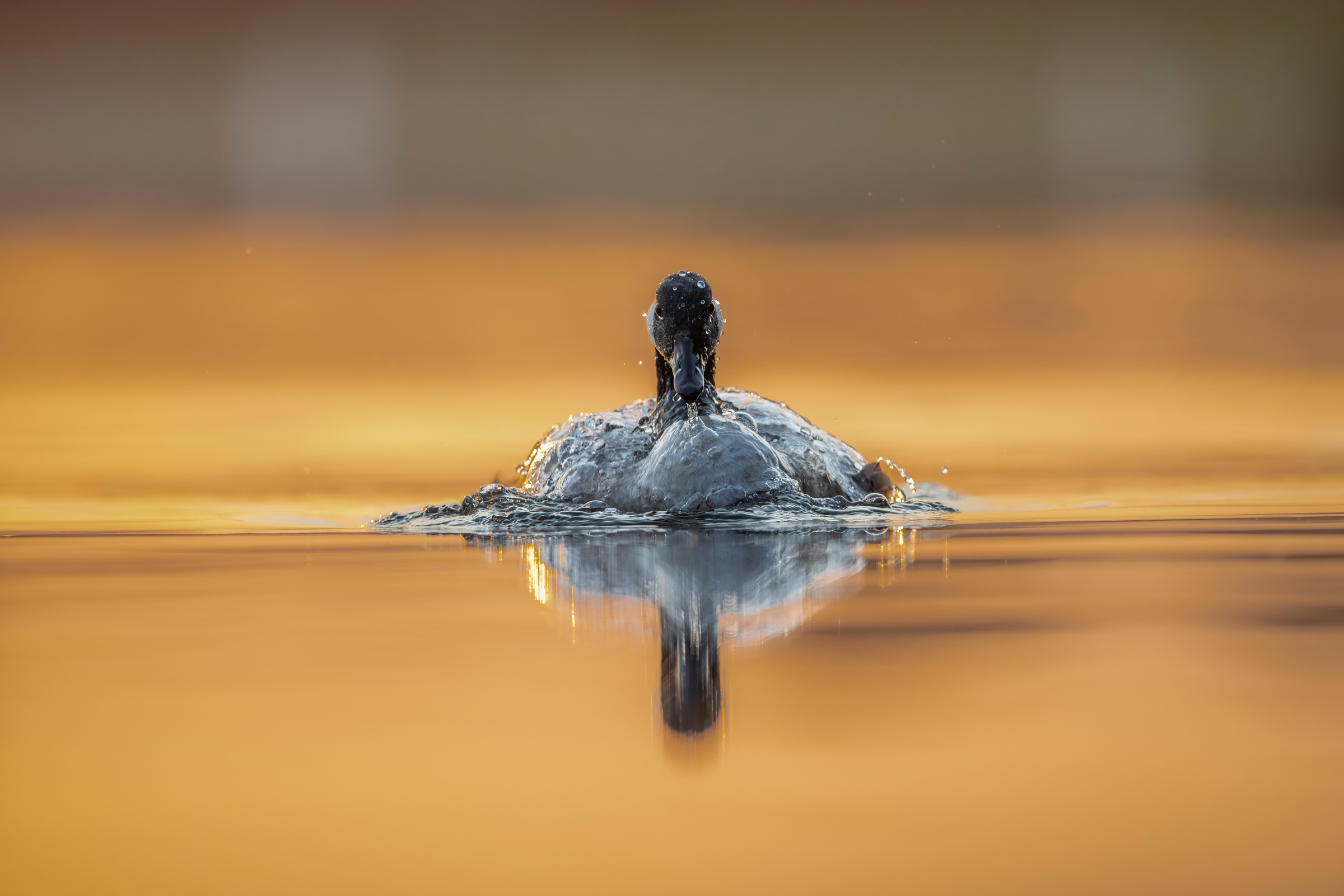

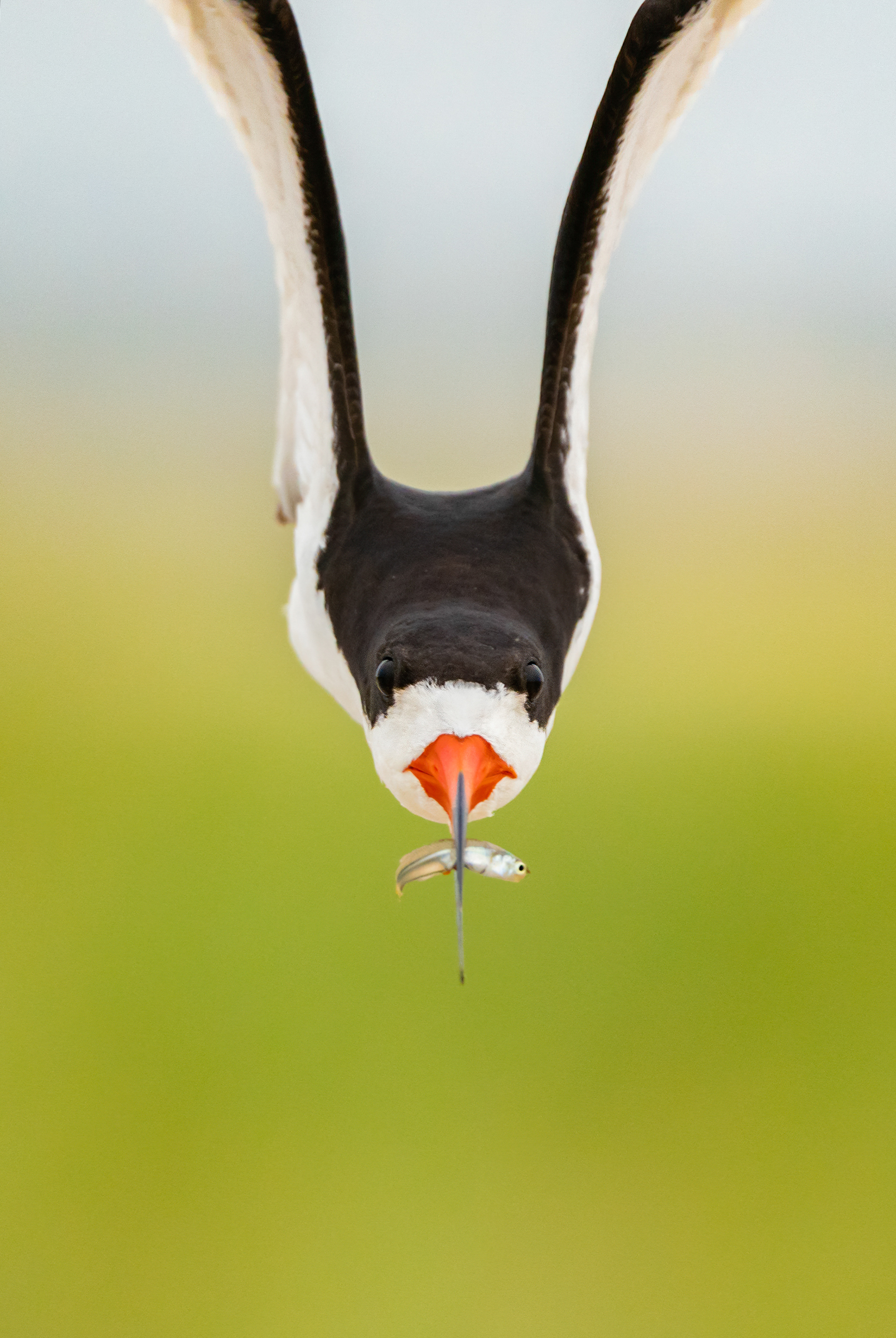

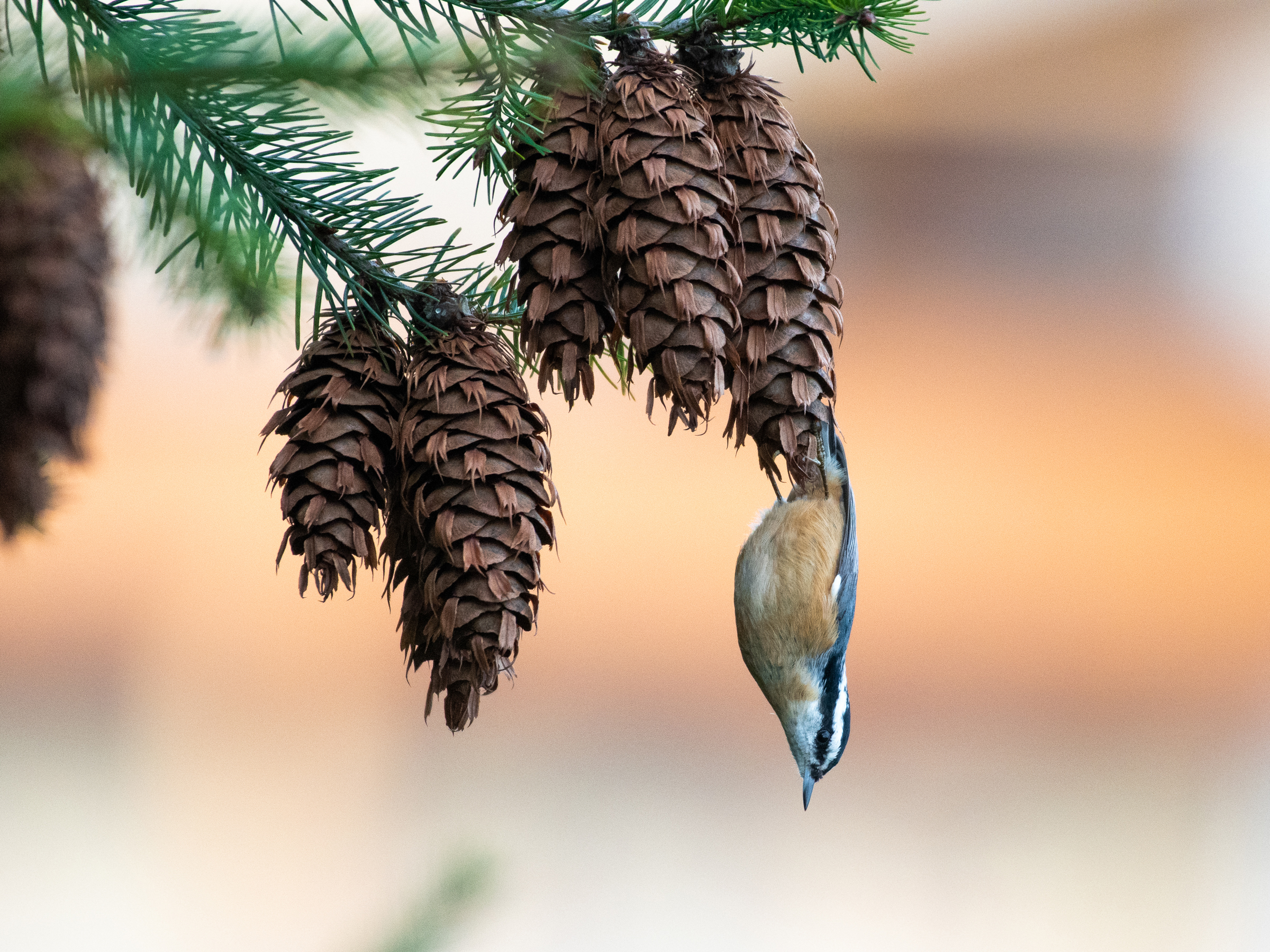
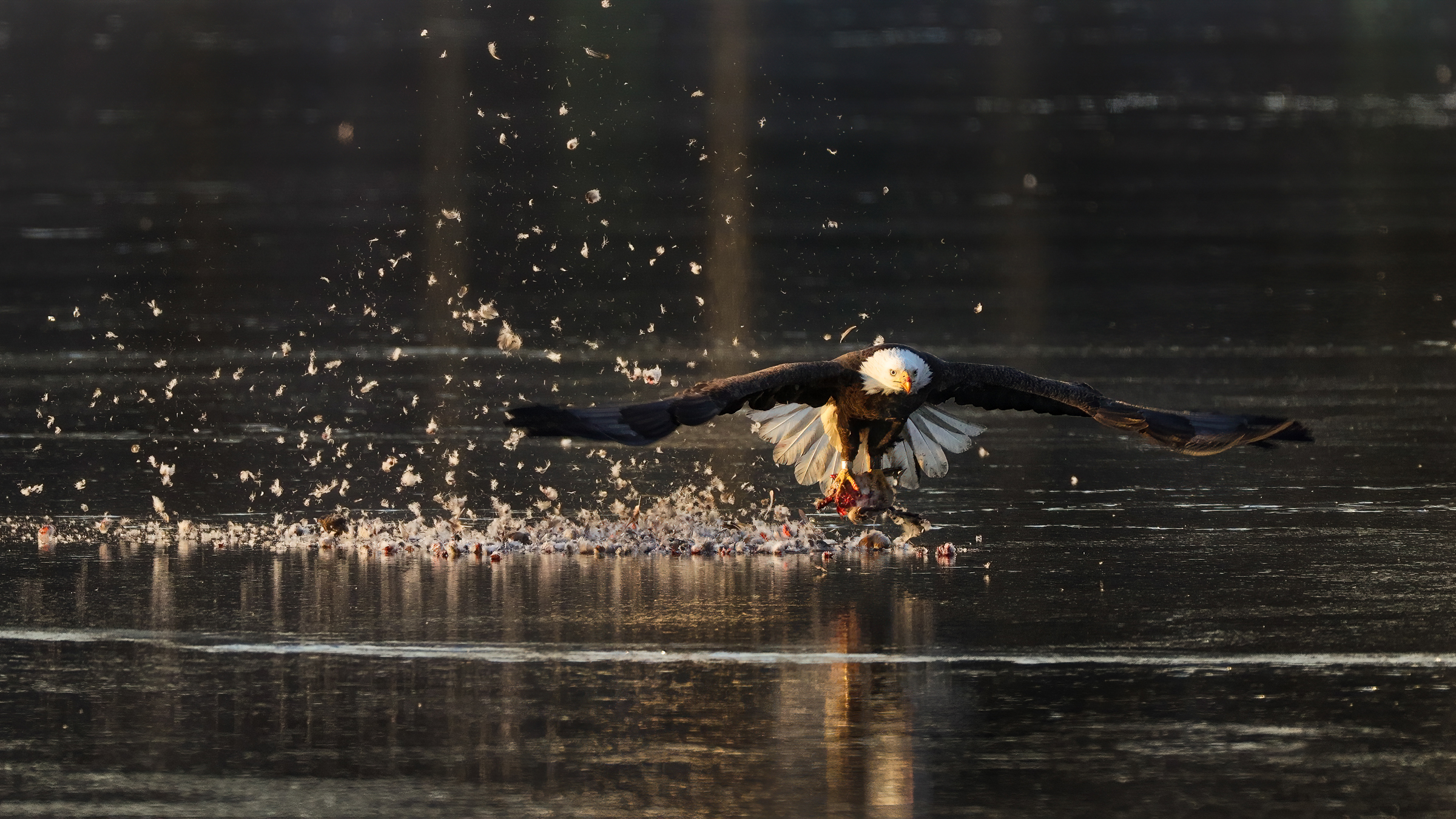
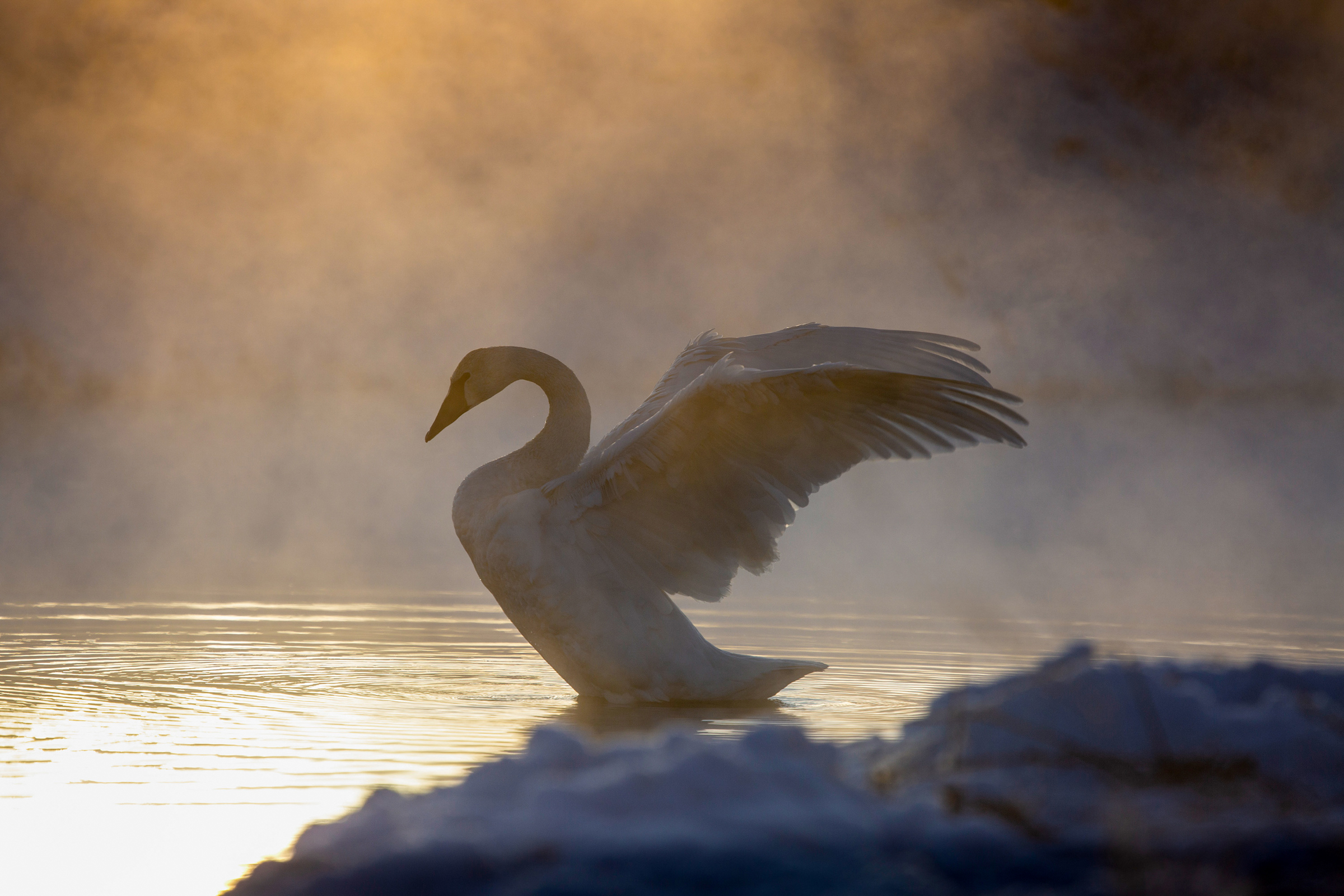

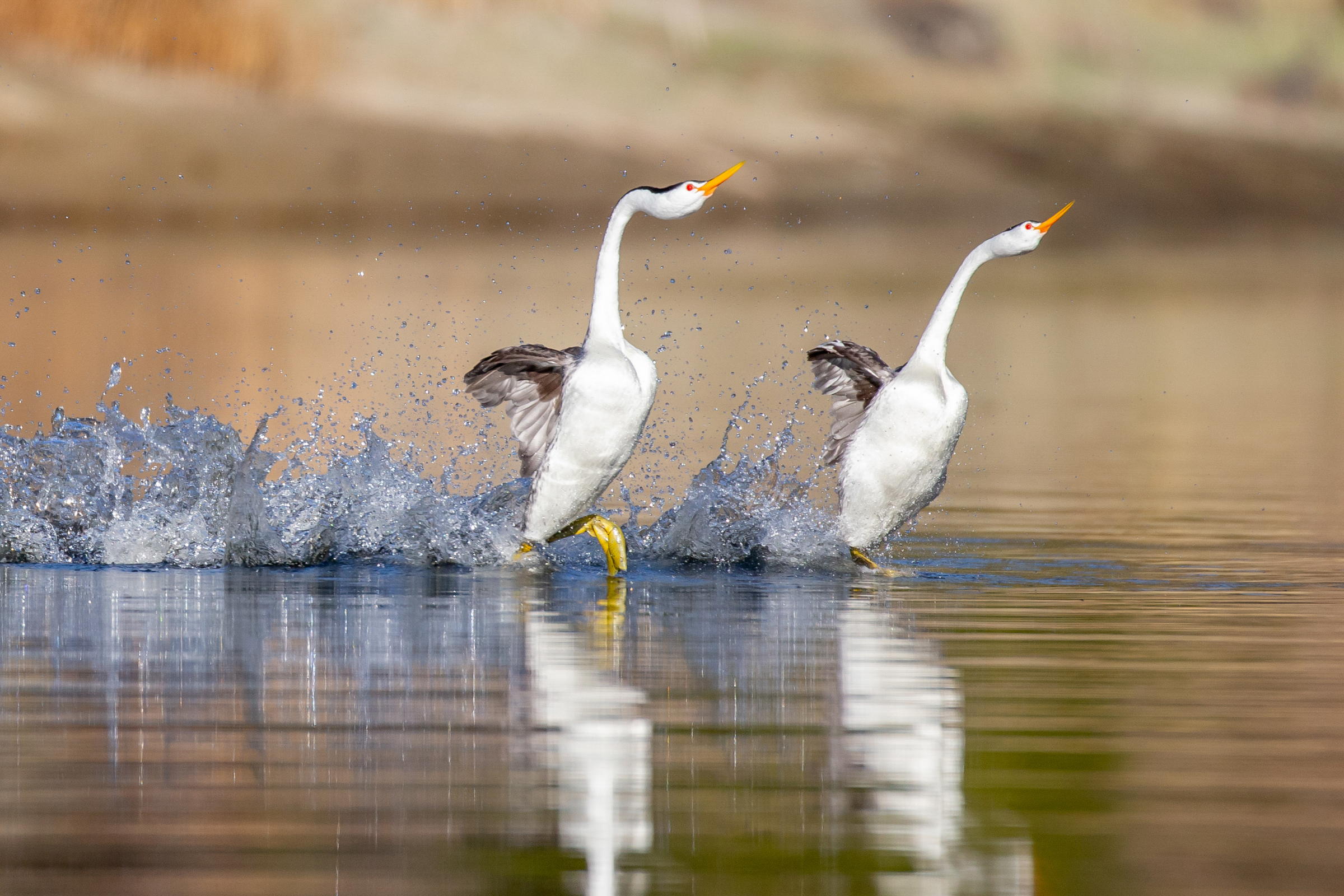
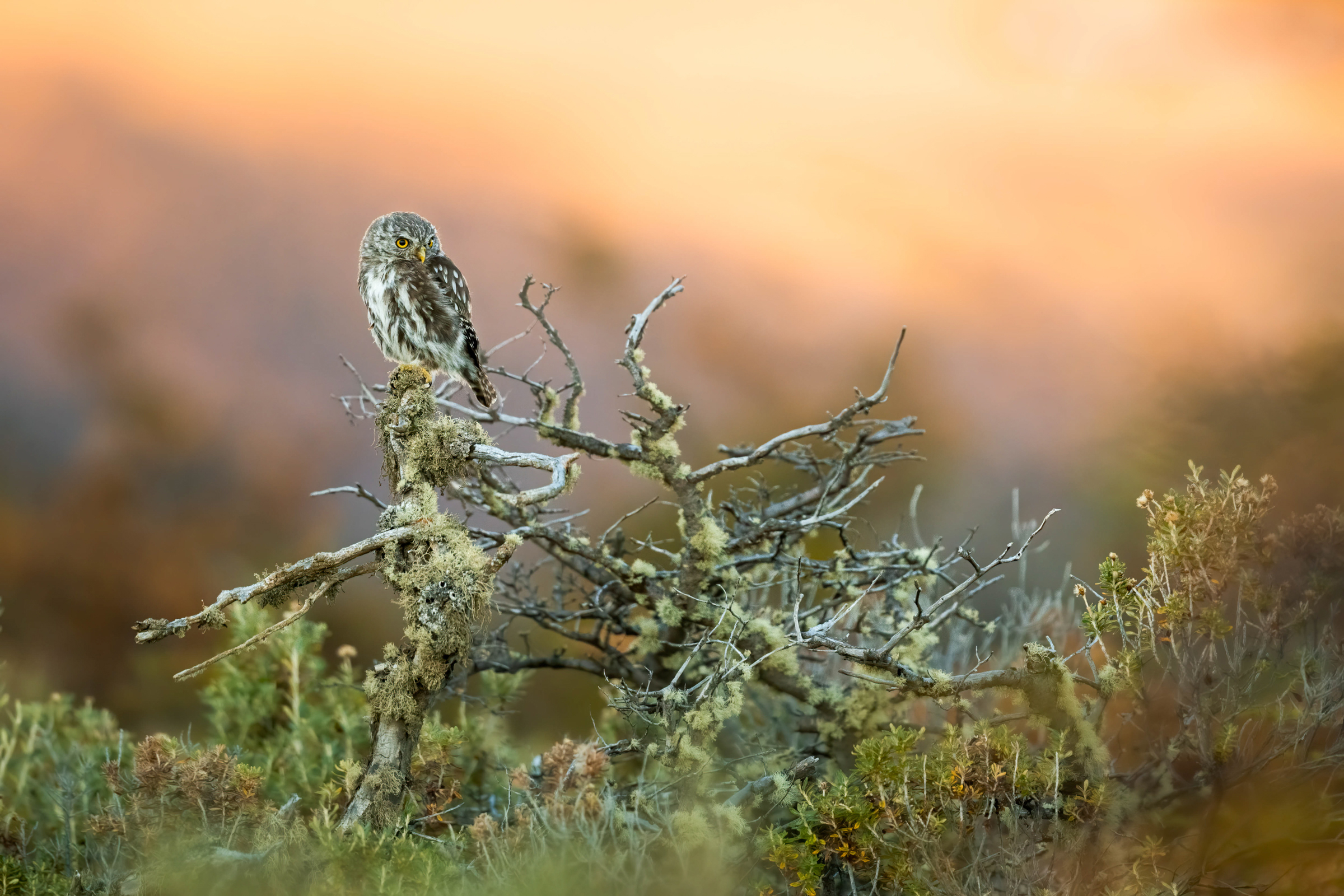

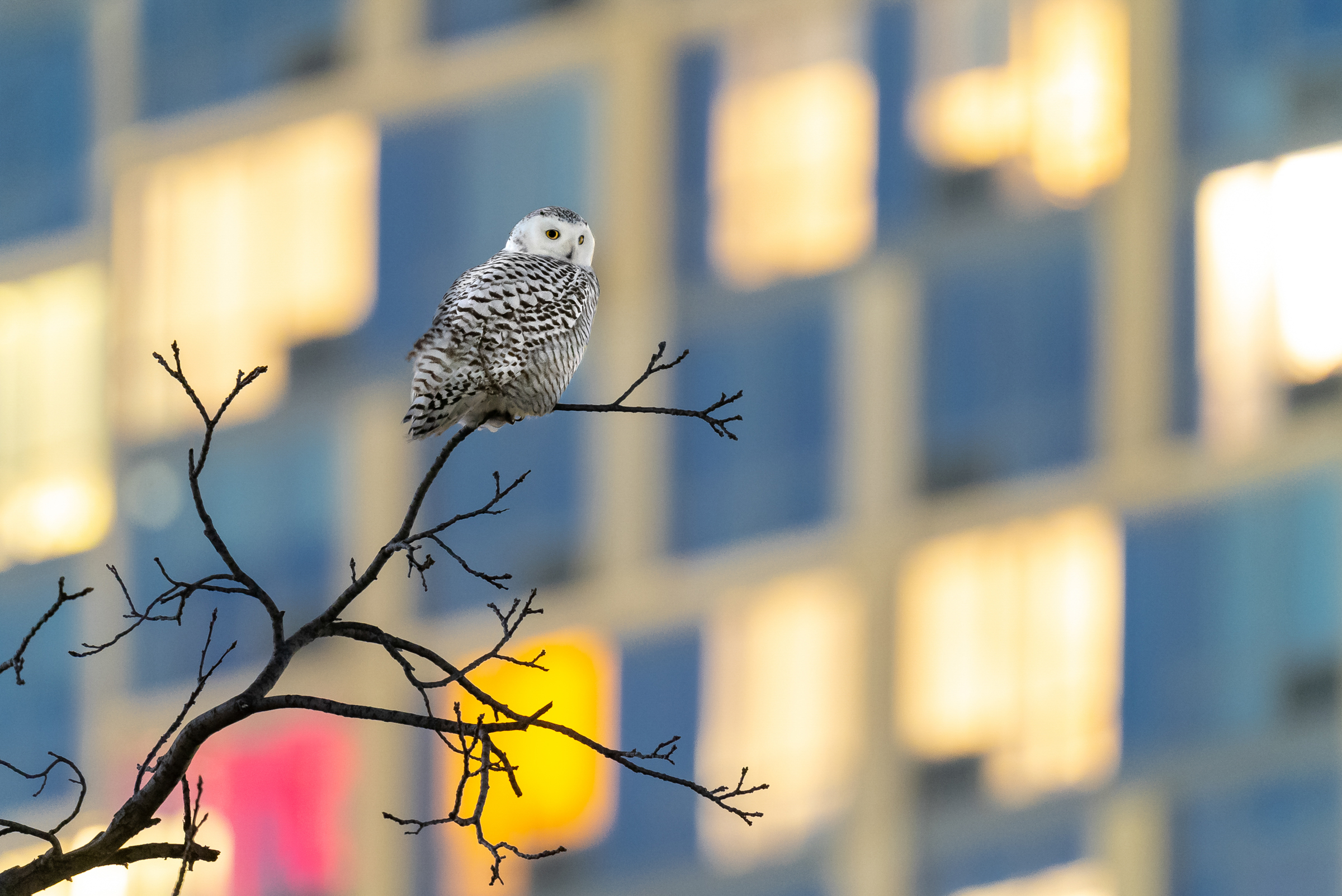
Leave a Reply